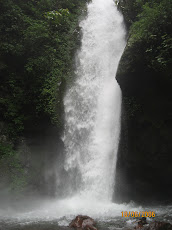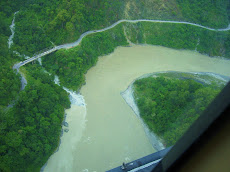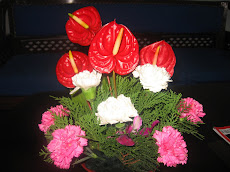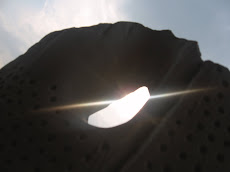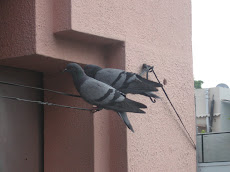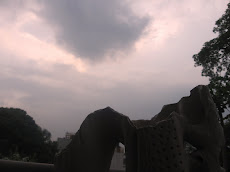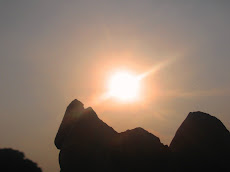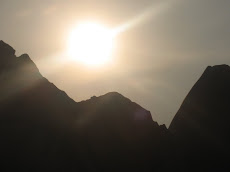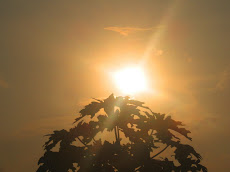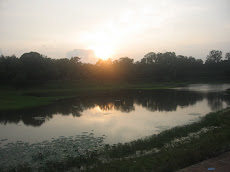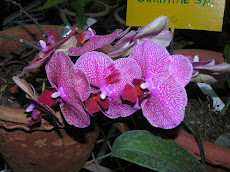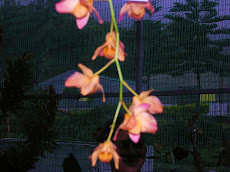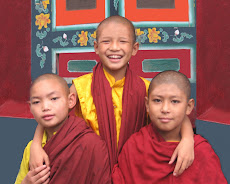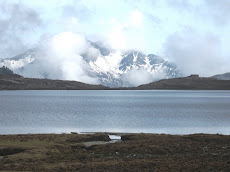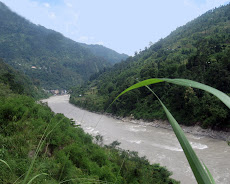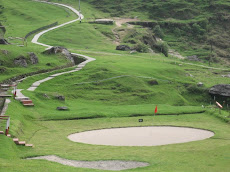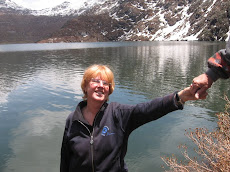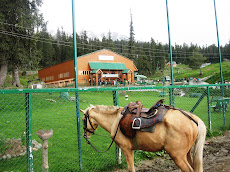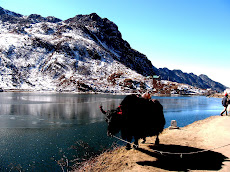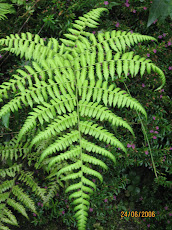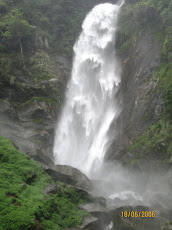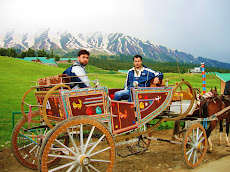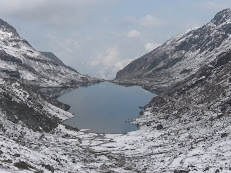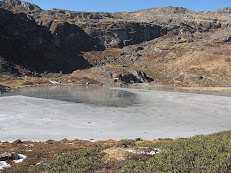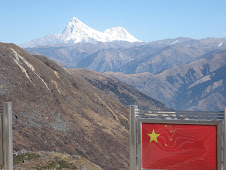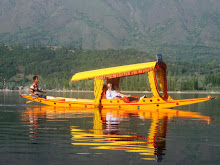Consequent upon
hearing, seeing and sensing the uncalled for tragedy on T.V. concerning brutal
and inhuman killing of 141 persons including 132 innocent children ,I suppose,
either my faith in what I heard will be further deepened or I will be too
shocked to react. In either of the situations, one will have to zero down
to blaming the most recent or emerging kind of suicide ,that is ,the fearsome
cult of suicide bombing(S.B.) ,This has relegated to the background, the
earlier lethal threat of small arms. So far, one knew from Emile Dukheim, the
Father of Sociology only three types of unnatural acts leading to self
killing-Egoistic, Altruistic and Animistic.
Why I wish to flag
or underline S.B. because, of the six terrorist 'martyrs' involved in lynching
141 Persons and injuring over 200 in an Army School in Peshawar, majority may
have taken a vow, once upon a time, to give up their lives for the sake of the
so called Jehad. In Peshawar scenario, to my limited understanding ,it was not
Jehad espoused for over 35 years or so, rather, it was supposedly an act of
reprisal or revenge against the same brethren, led once by Maj.Gen.Nasirullah,
who gave birth to the dreaded Talibans in Afghanistan. Z.A.Bhutto was the P.M. of
Pakistan at that turning point of history.
As per available
indications, upgraded and more focussed operations by Pak Army against the
Taliban elements in Pakistan launched on 15th June 2014 seem to have led to
this unthinkable brutality. Talibans, on their part are reported to have
claimed displacement of more than 15 Lakh persons triggered by the most modern
weapons, including indiscriminate use of Drones and F-16 planes.
When one learns
about wards of Army officers getting separated in Peshawar prior to being
butchered, it unfortunately reminds one of some parellels in our own country,
when Sikh terrorism was at its peak and foundations were being laid
systematically and religiously for the renewed terror attacks in the name of
'liberation' in the State of J&K.
What a time to
choose? It has happened within a few hours of terror attack in Sydney and less
than a week of Malala of Pakistan and Kailash Satyarthi of India being conferred
with Nobel Peace Prize jointly. The duo, incidentally fought for the child
rights. Malala, in particular, may have more burden on her feeble shoulders now
in view of the fact that she herself had escaped narrowly another dastardly
Taliban attack in the past. No wonder, within a few hours of Tehrik-i-Taliban Pakistan
(TTP) claiming the responsibility of eight explosions leading to deaths, Malala
called it senseless and cold-blooded.
The TTP, an
umbrella organisation of 13 Islamist militant groups led by Maulana Fazlullah is
based in north-west part of Pakistan. It has a sizeable following along the
Afghan border in Pakistan. They indulge
in anti –Pak Government activities, insist on their own interpretation of the Sharia and do not fail in carrying out
activities against the NATO led forces in Afghanistan. Allegedly it has close
ties with Al-Qaeda going to the extent of sharing money and bomb makers with
the latter, apart from training and planning together.
Is it a case of
being paid by one's own coins? Or will such unfortunate episodes unite once
again the like-minded individuals all over the world to take an unbiased
resolve to suppress this kind of drug inspired or instigated terrorism all over
the Globe.?
One should not be
saying but it is a felt, recorded and well documented fact that when innocent
persons were targeted for years by the same very religious fanatics in India
(and threat persists in some form or the other) ,educated and so-called
sophisticated folks in other parts of world would not go beyond expressing a
few routine words of sympathy or condemnation. Now that known and unknown
places in the developed world and our own neighbourhood are falling prey to
such a senseless violence every now and then, the World at large, seems to be
waking up.
Our friends in the
neighbourhood, despite facing recurrent threats, do not refrain from following
double standards, nonetheless. While Talibans in Pakistan are being shown their
worth lately, people like Hafiz Saeed, having hand in numerous terror attacks
including infamous 26/11 attacks in Mumbai, are also being sheltered
,encouraged and possibly worshiped. Same is not happening at the time of a
spineless Government. It has been the part and parcel of their unquestioned
national policy for decades. In order to hide your failures on the Human Development
front (say widespread Polio), is it 'wise' to take recourse to primordial loyalties
and perpetuate further, the ills of the system?.
In USA, some of the
top liberal Security experts have even gone on record to confess that they are
more alarmed and concerned after 9/11 tragedy, Needless to say, it led to more
serious debates and pre-emptive steps in the name of Homeland Security. It is
high time, we had at last a well coordinated sharing of information in an
electronic form ,bound by a signed UN Protocol and followed up by an unbiased
action against the cult of terror, rather than only eliminating a handful of
illiterates and heavily indoctrinated youngsters or their elderly guides and
Think-Tanks.
Better late than
Never. Perhaps one can wind up on this candid and optimistic note.
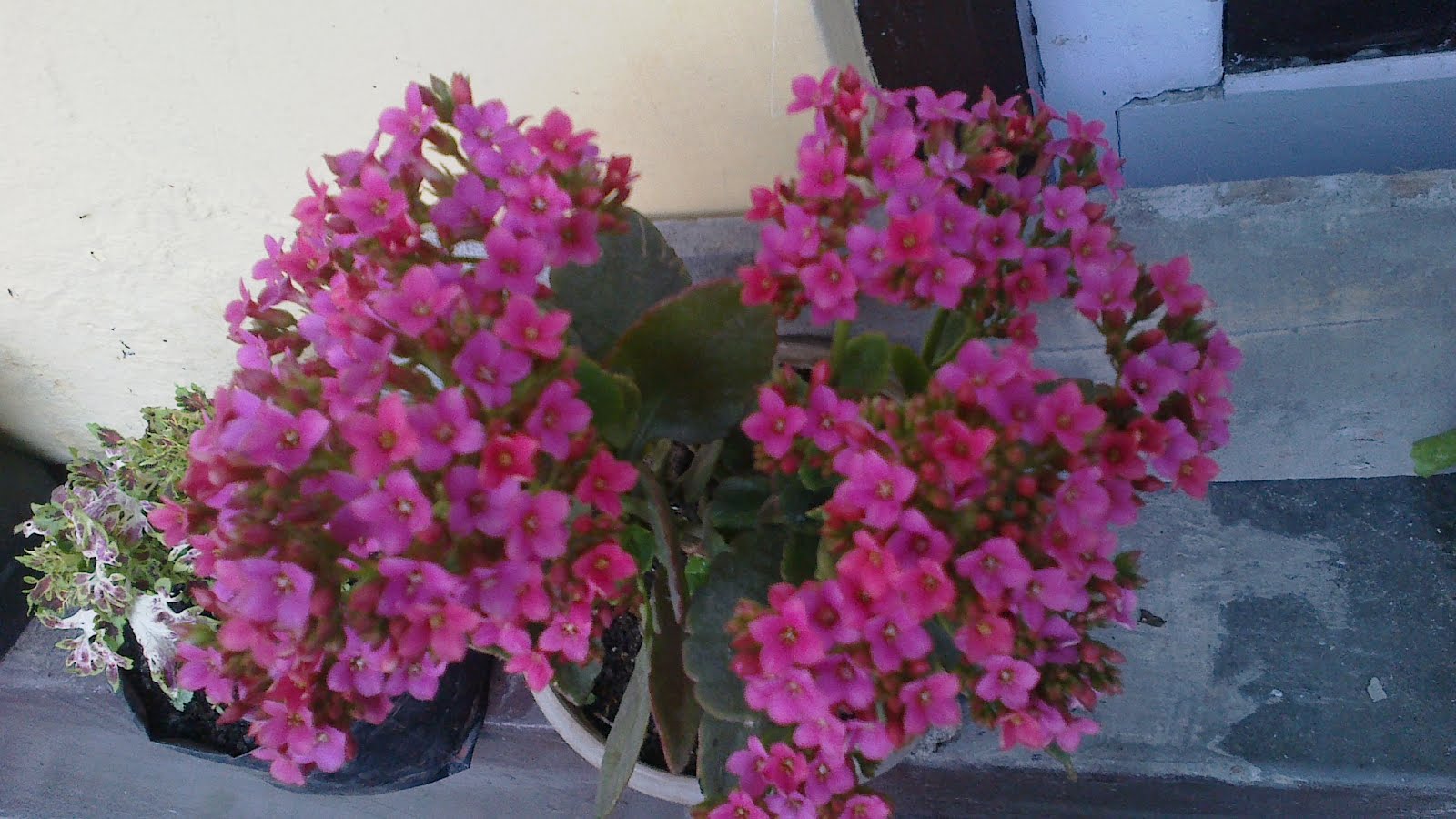



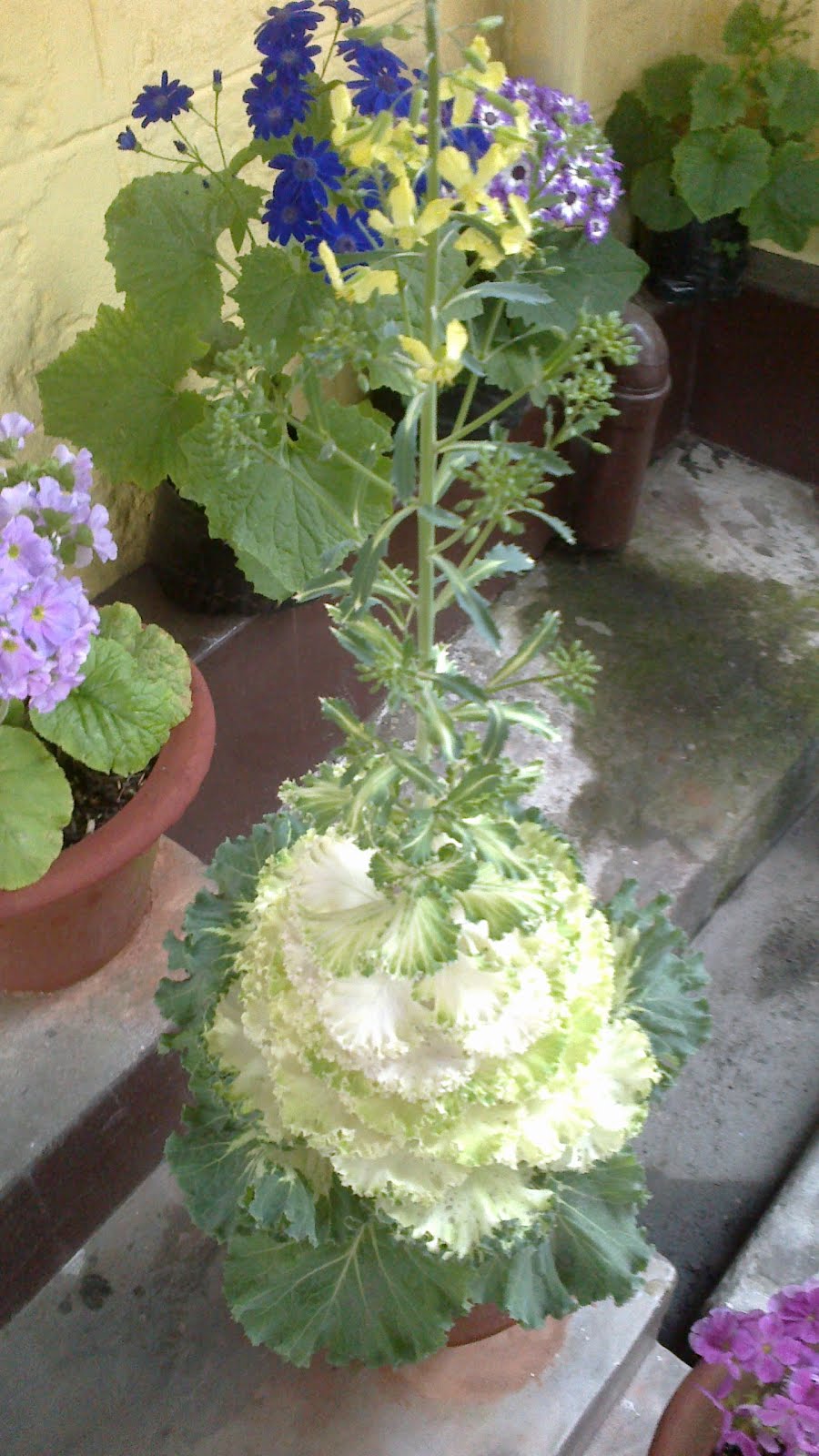
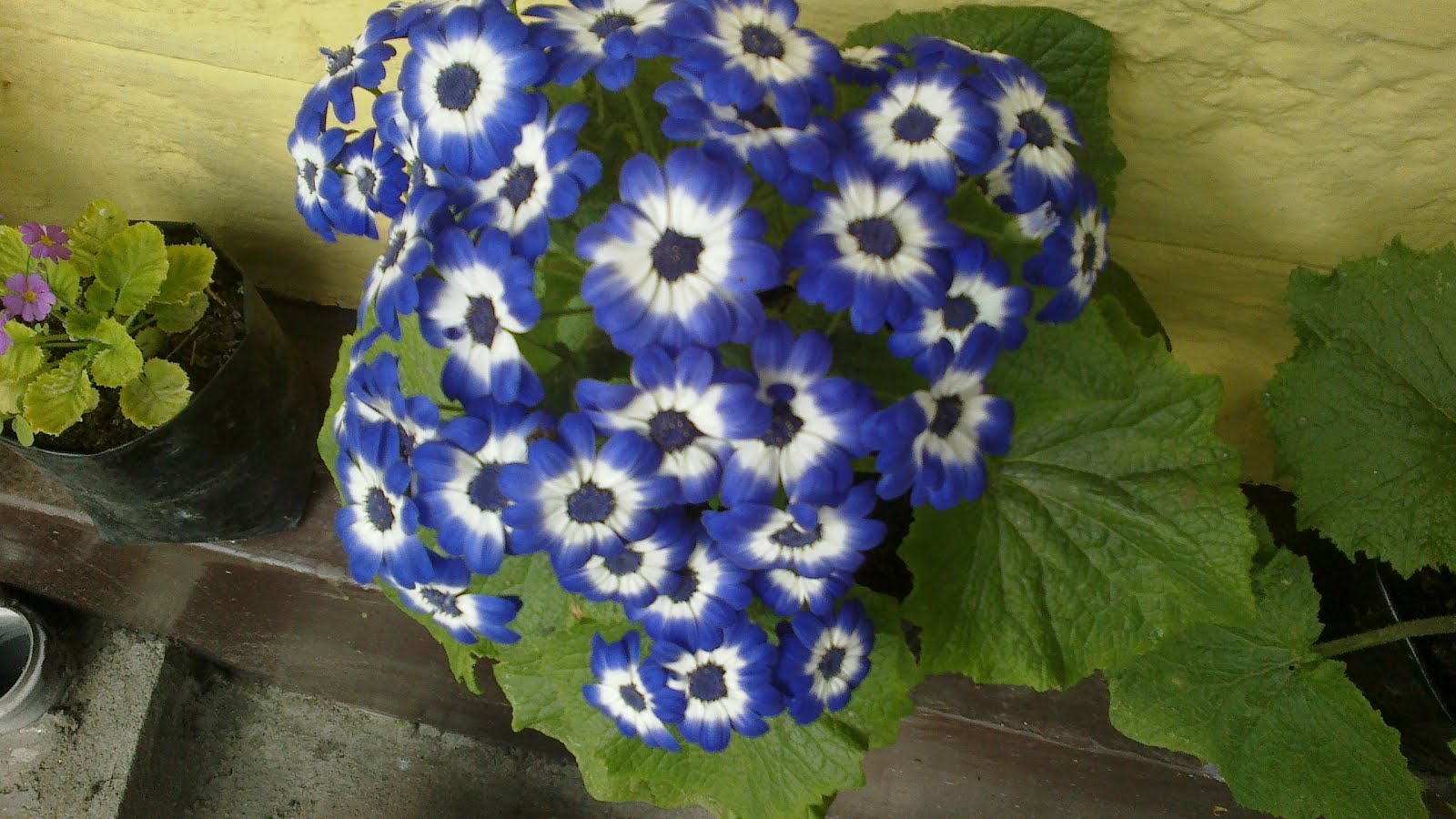
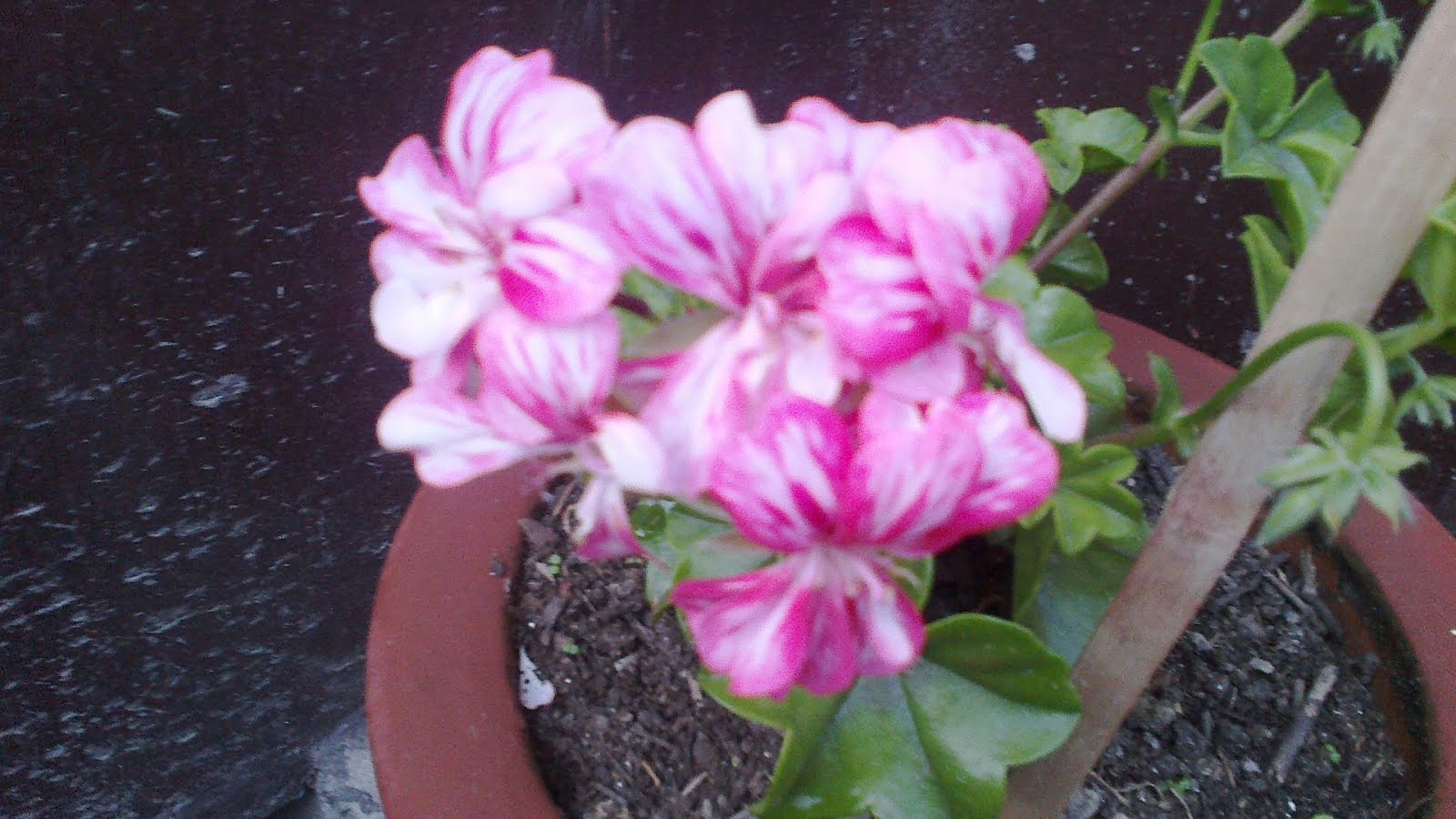
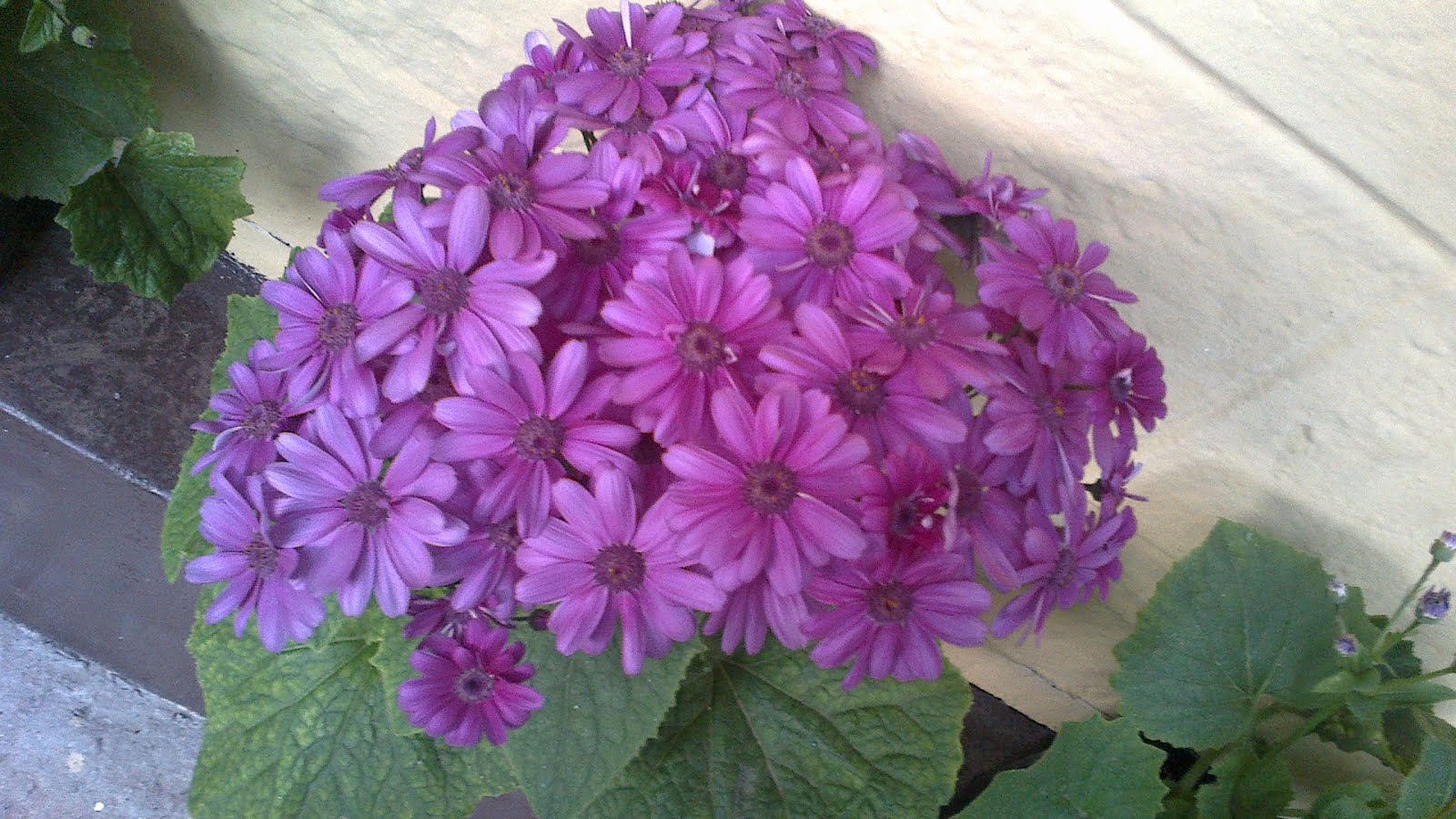
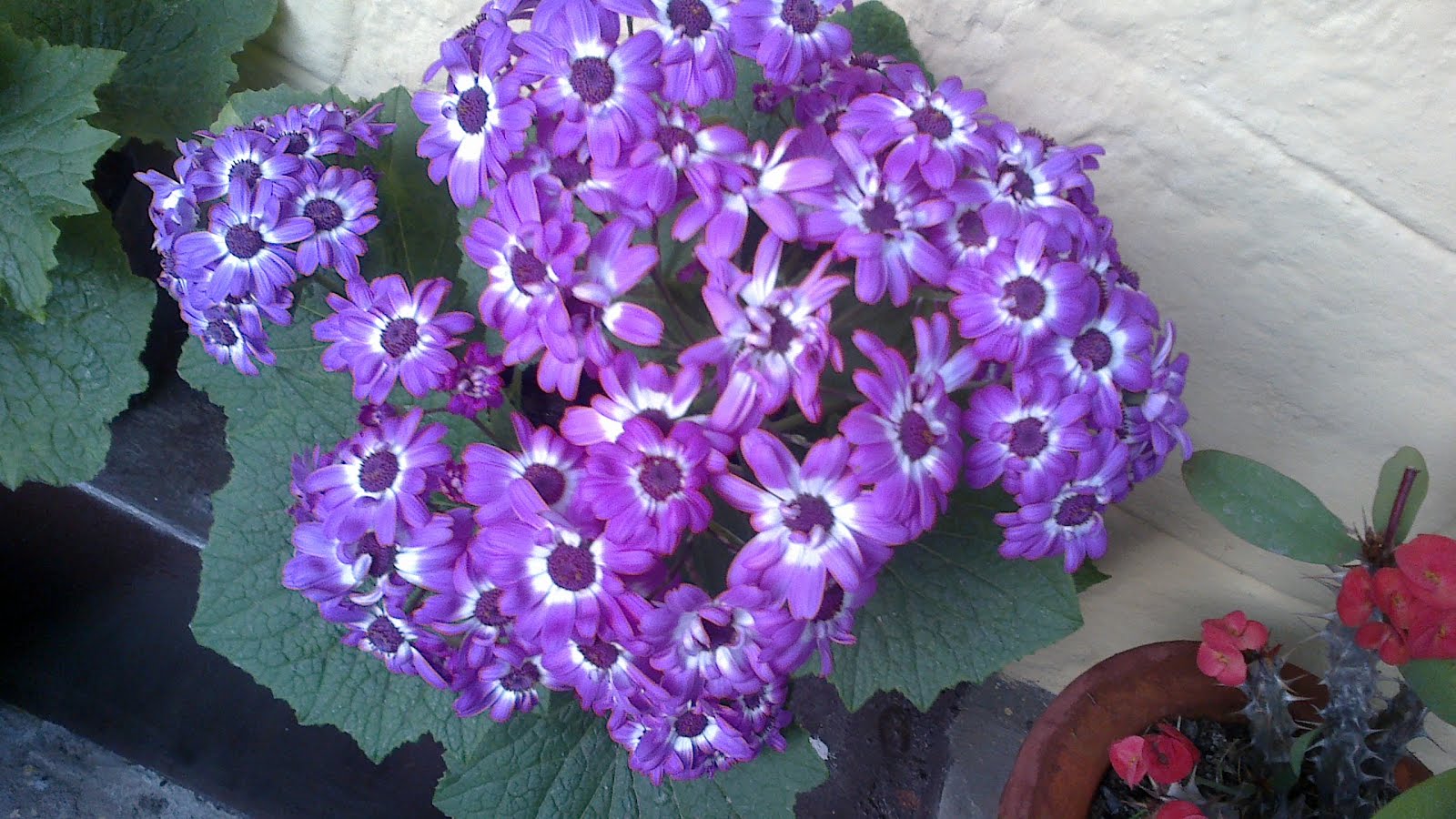






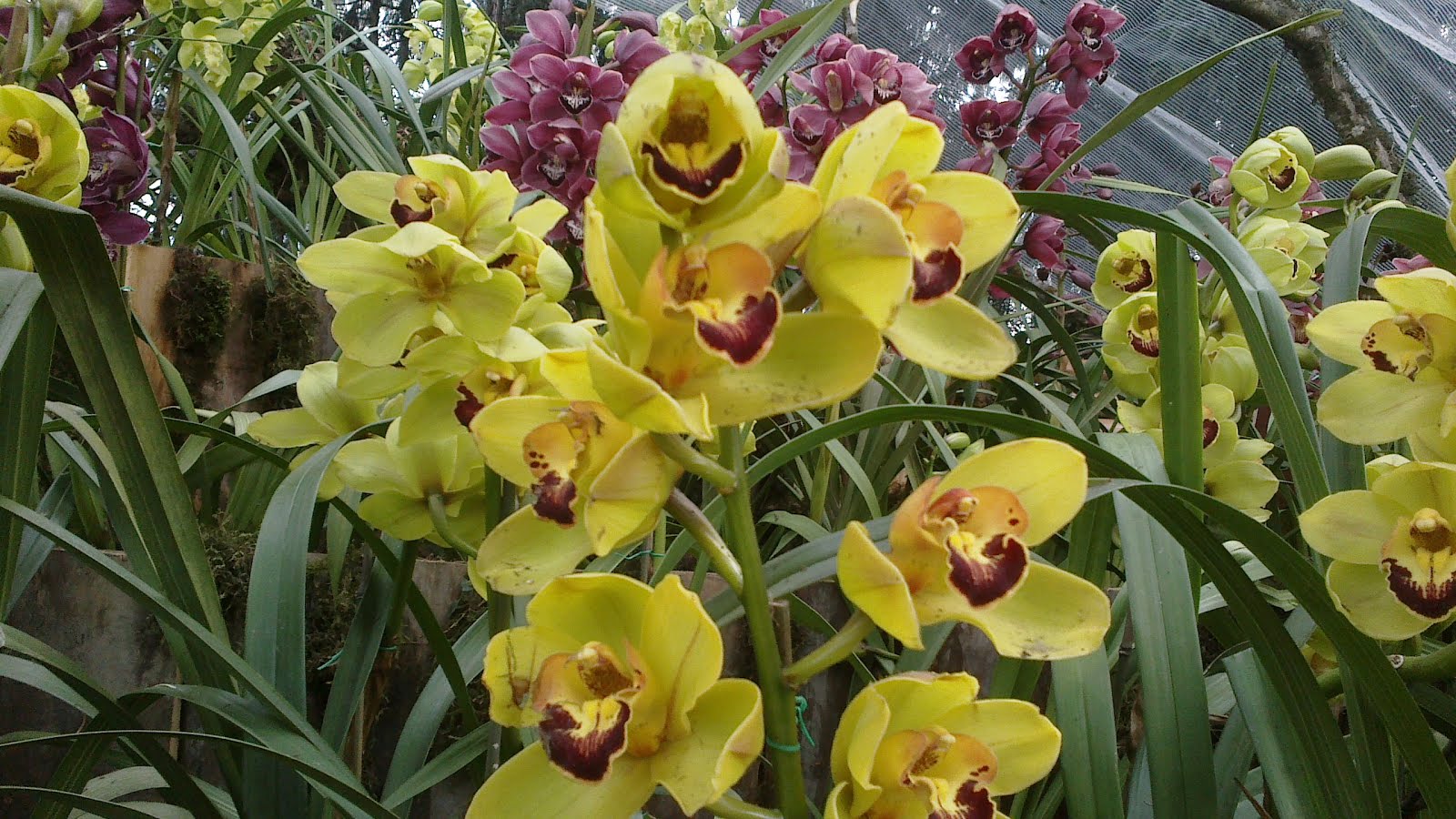

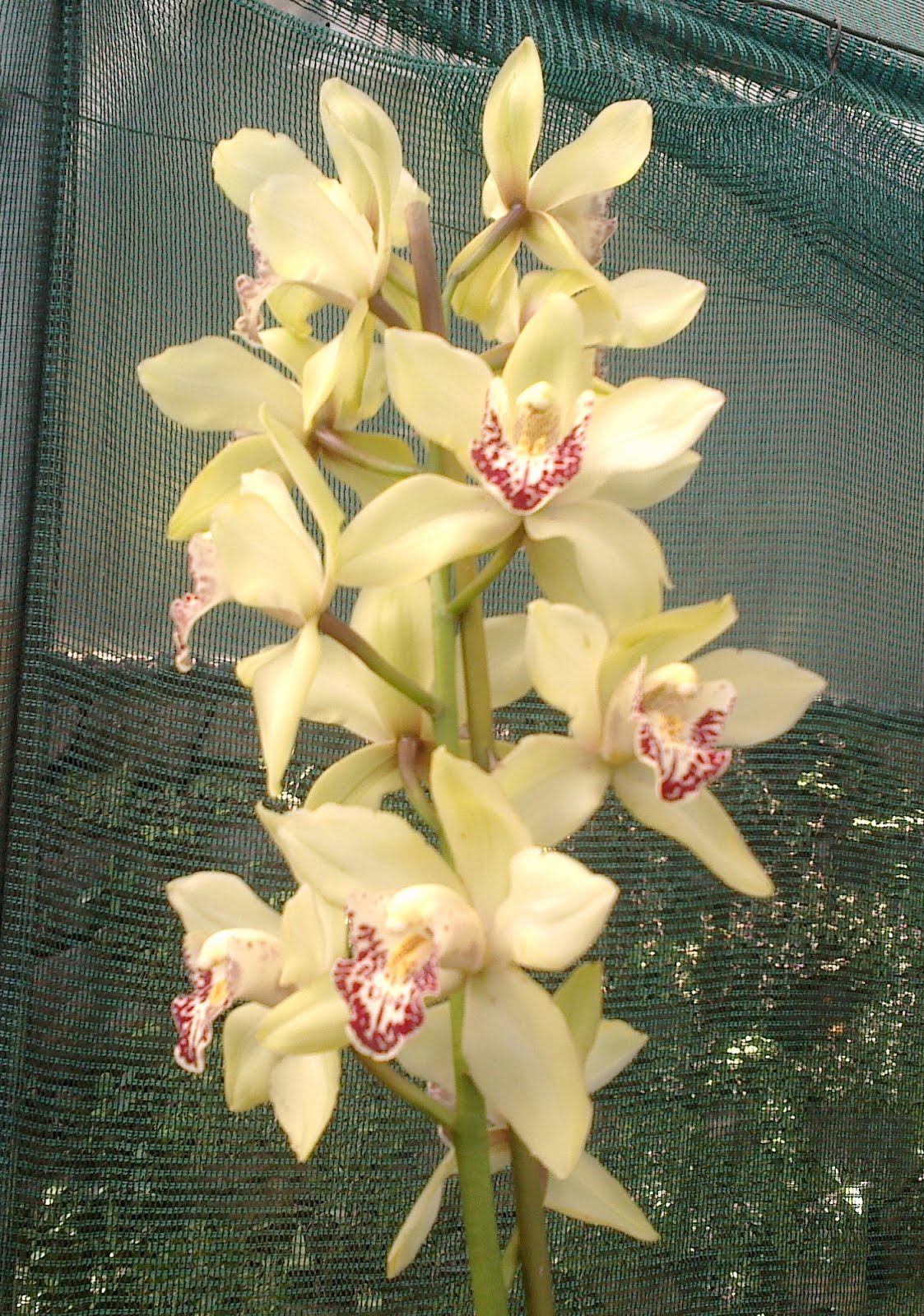
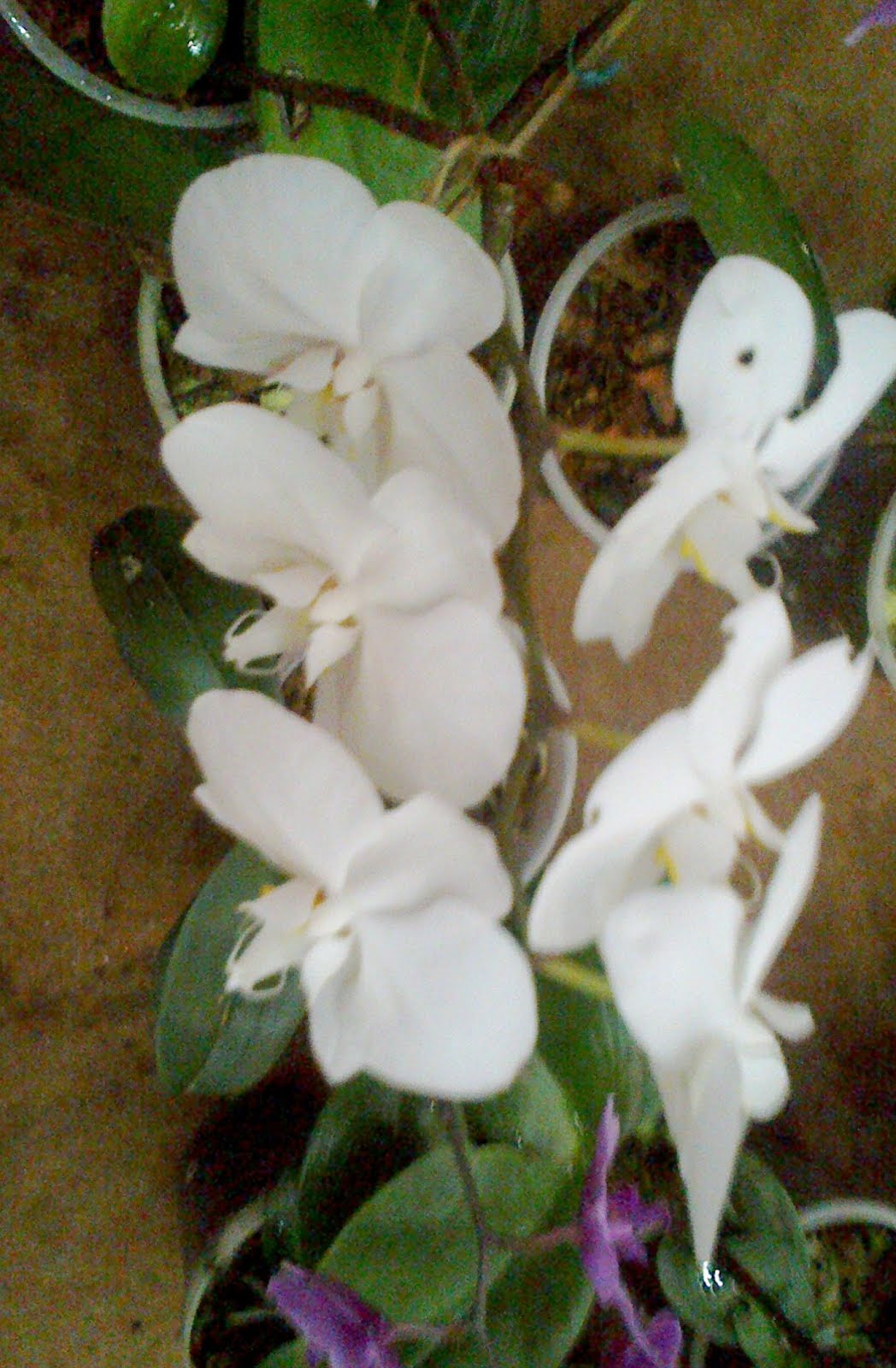


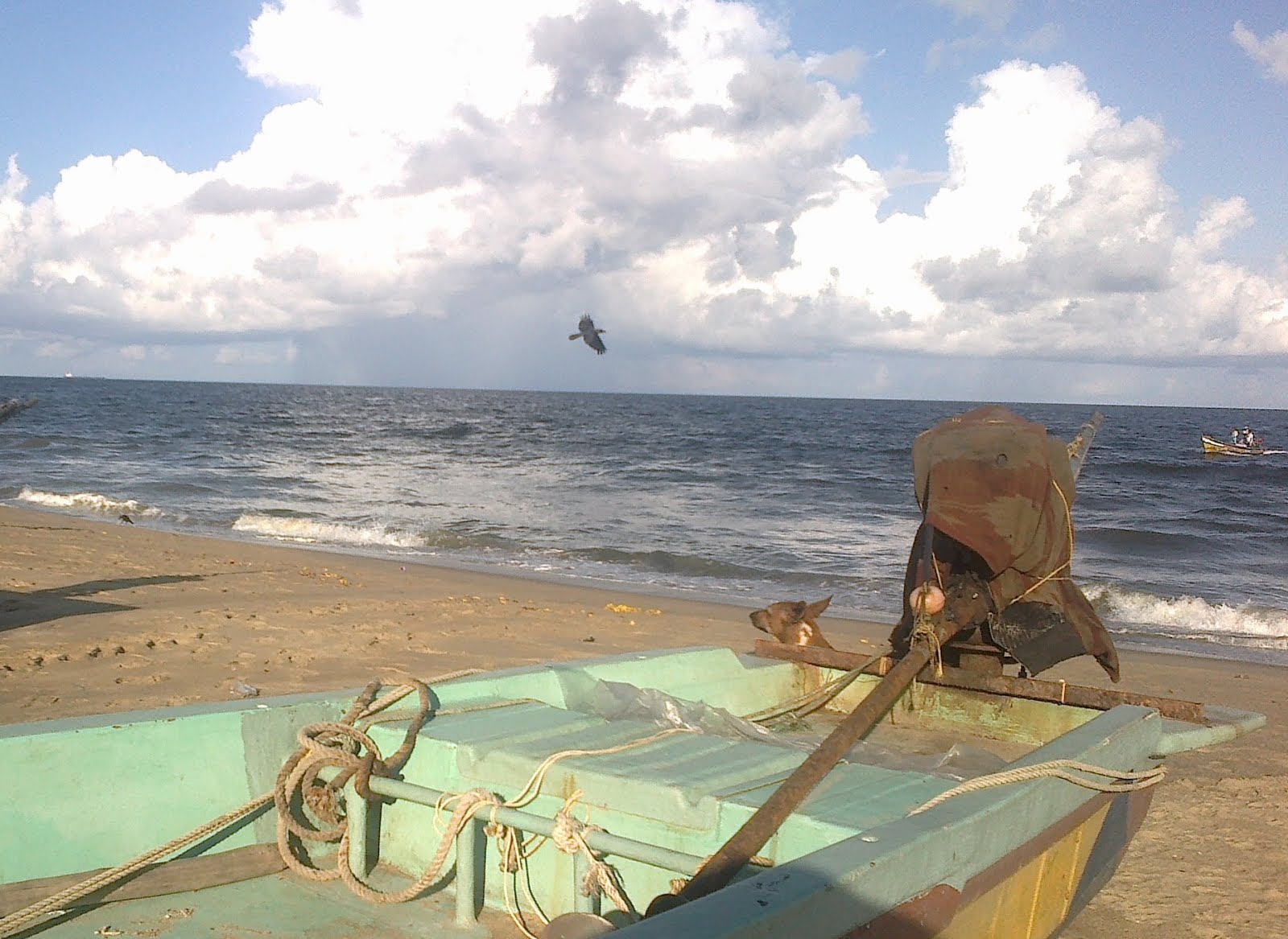


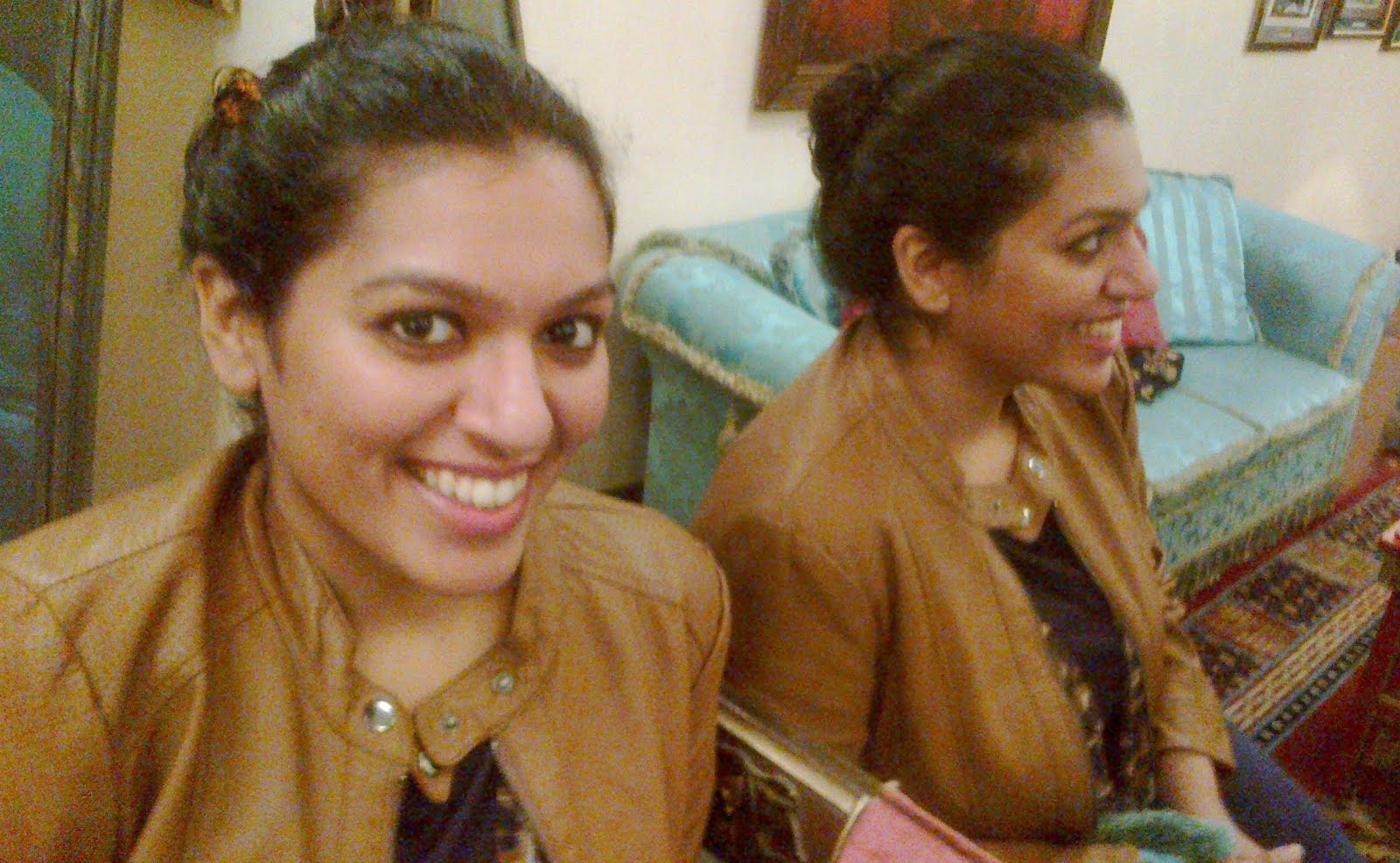

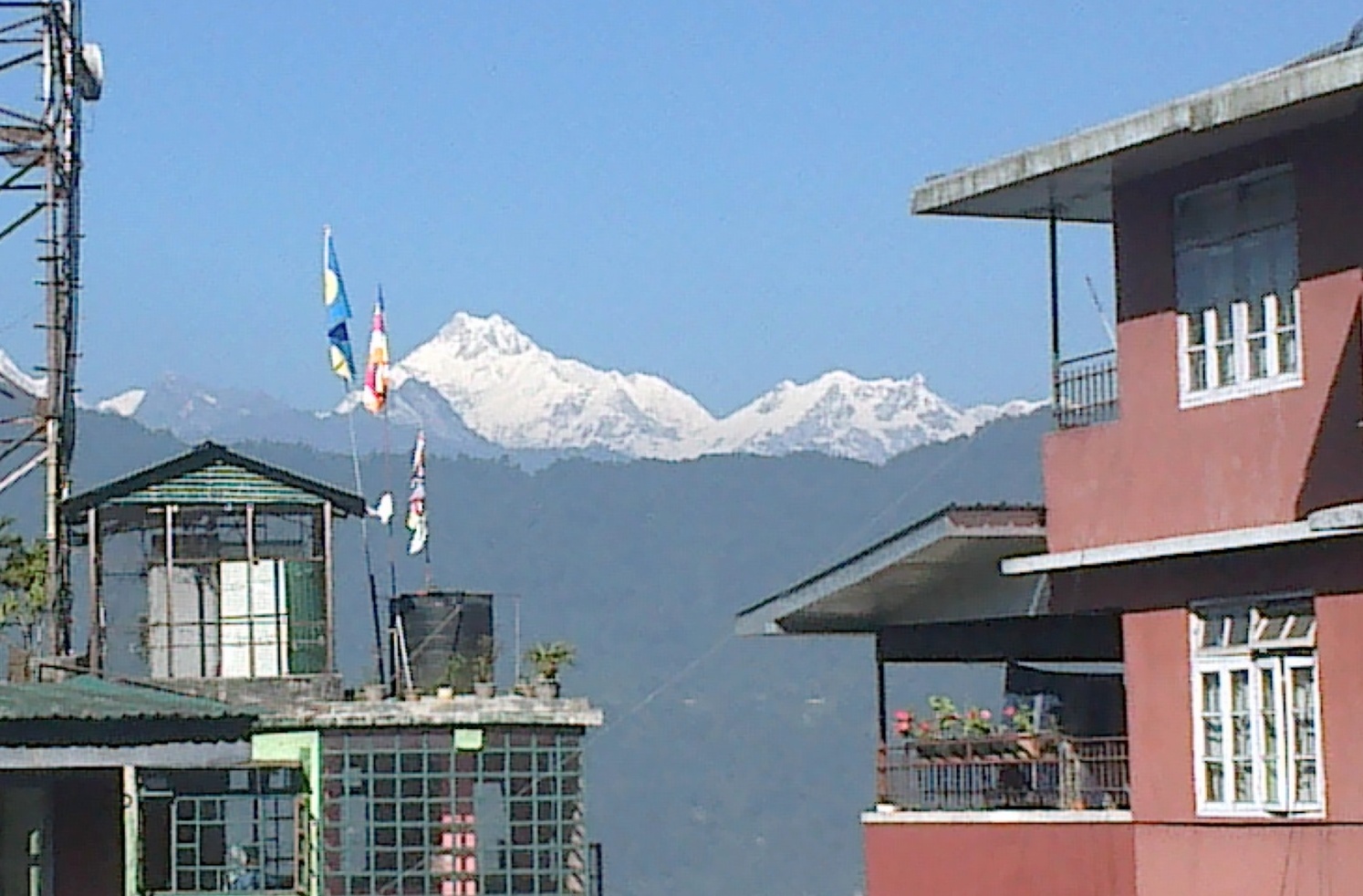



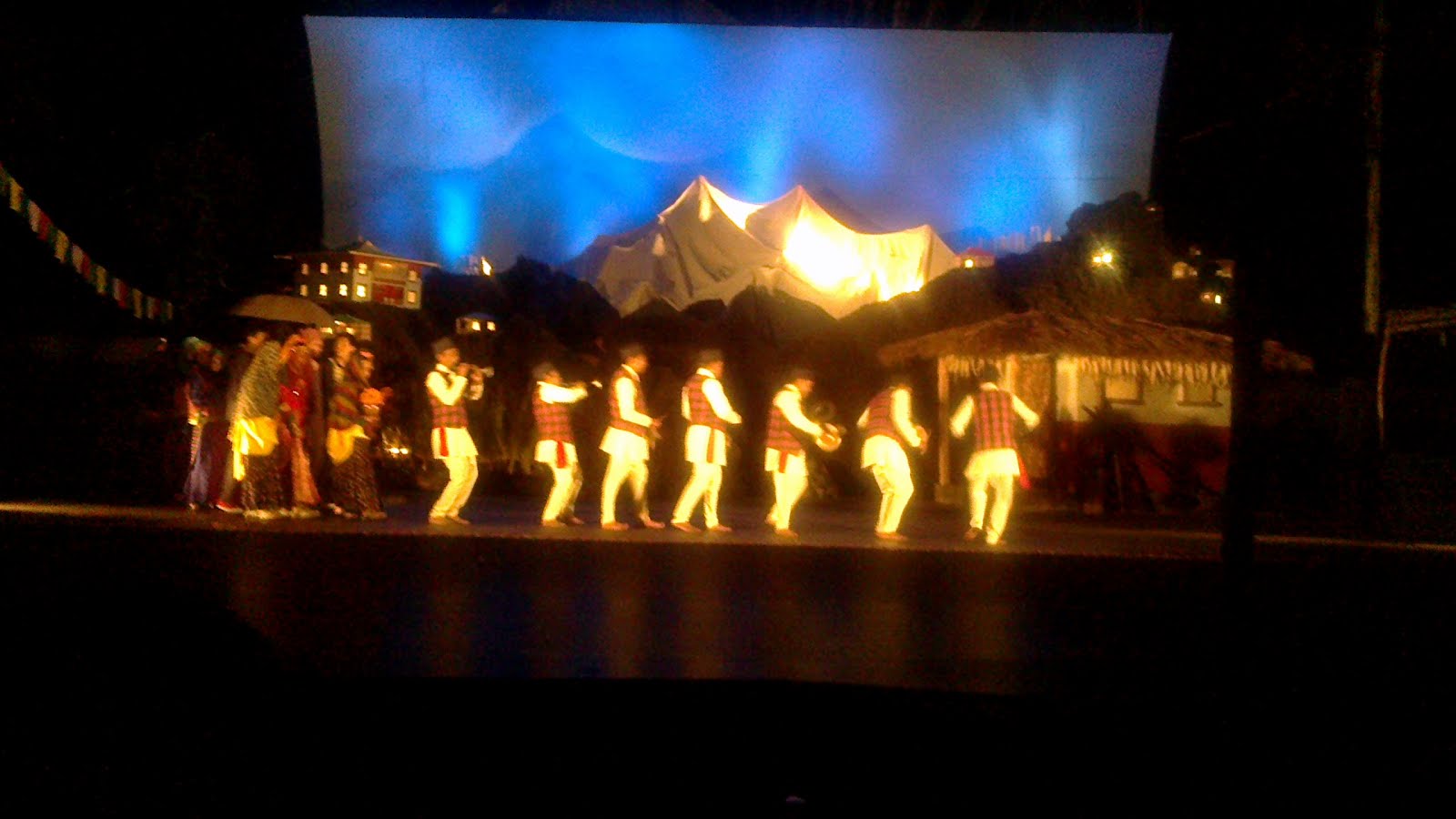

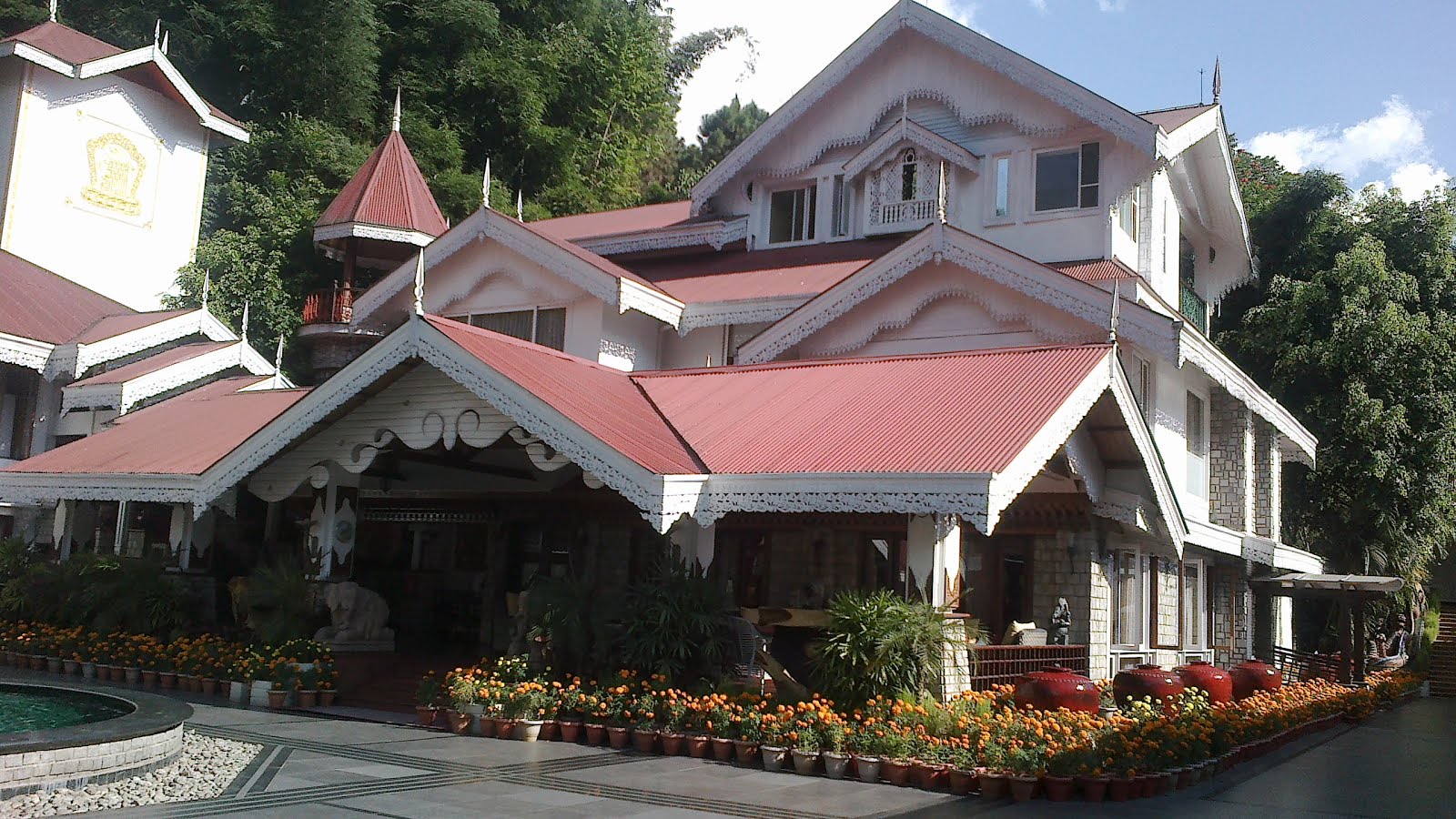
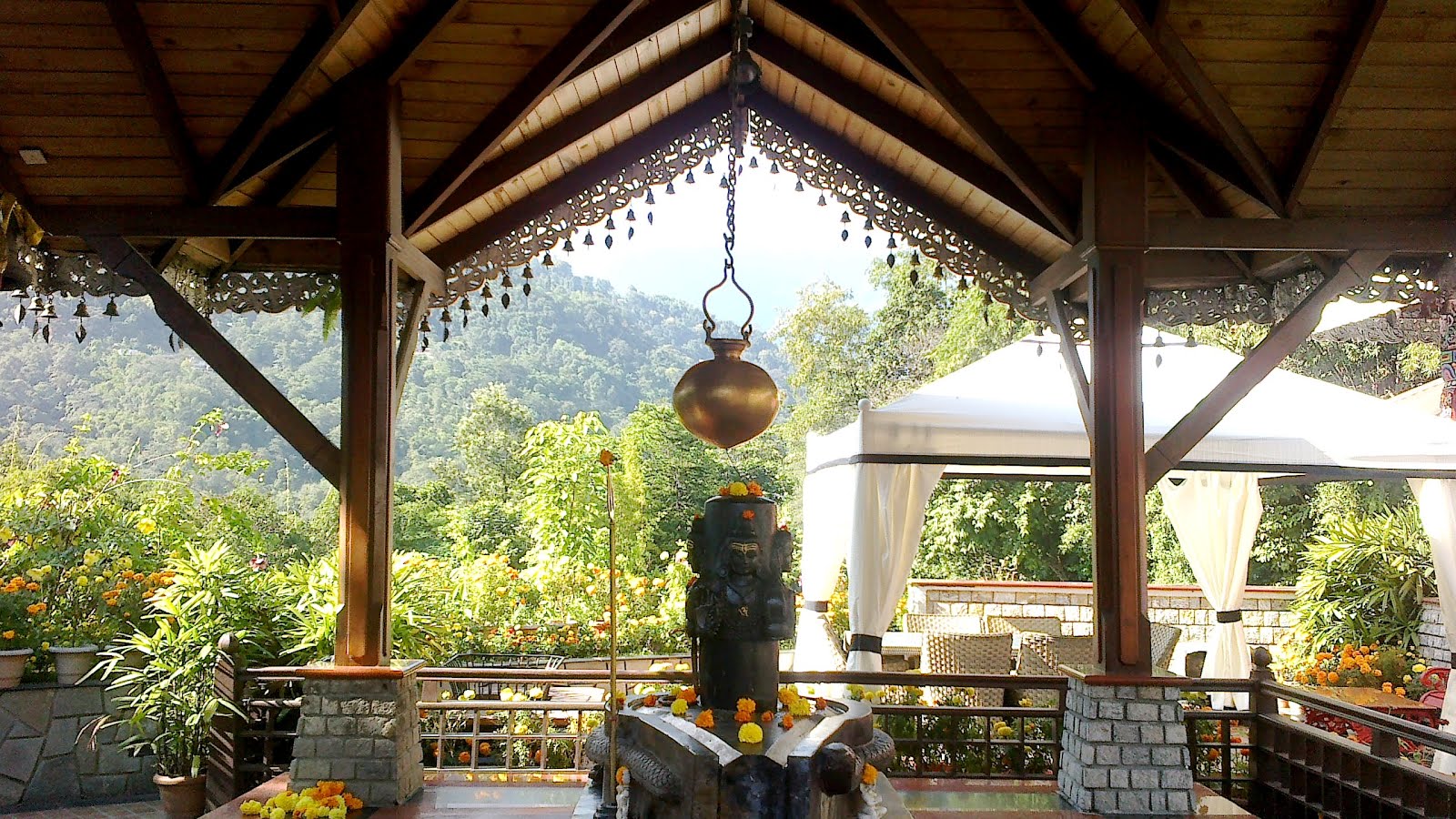
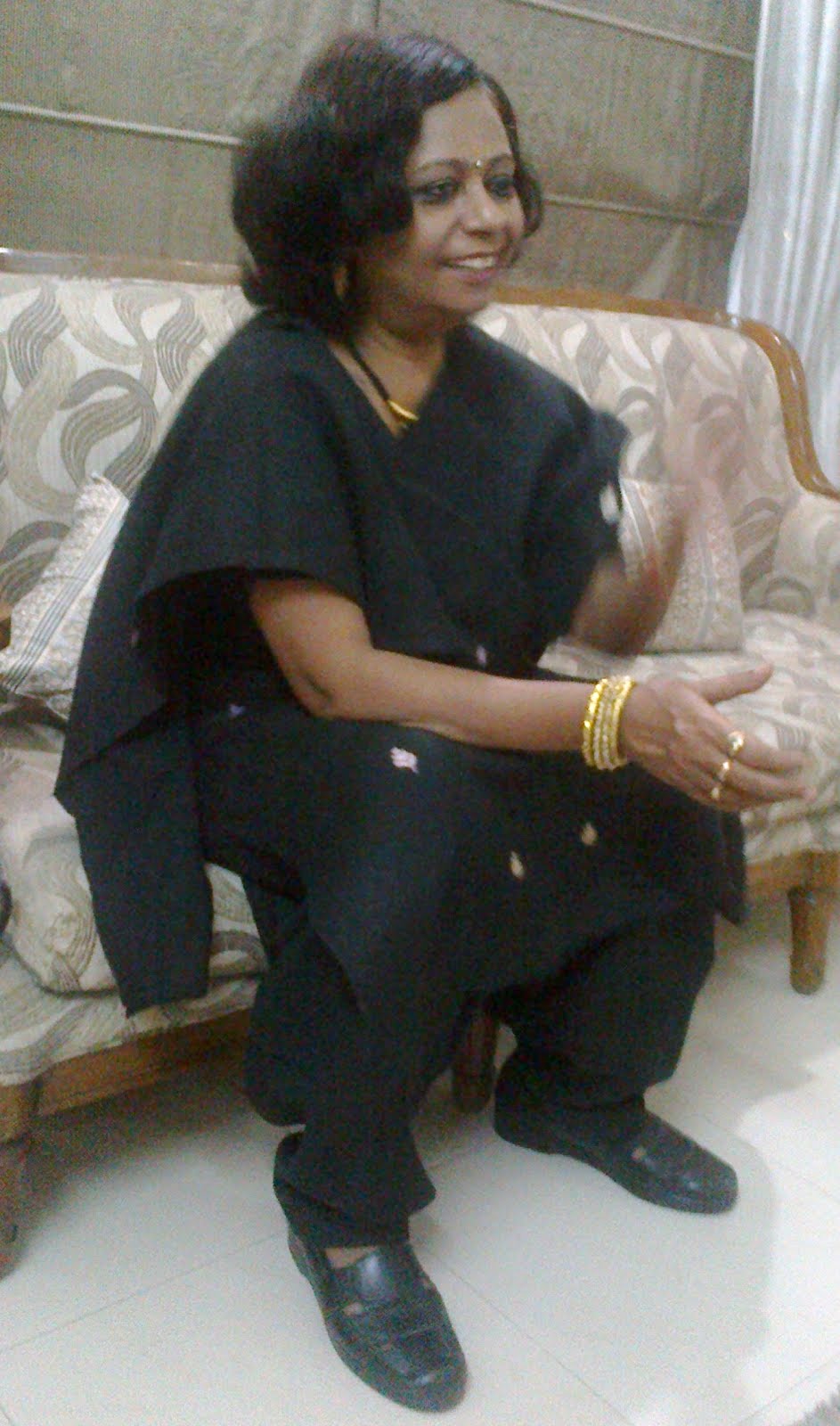


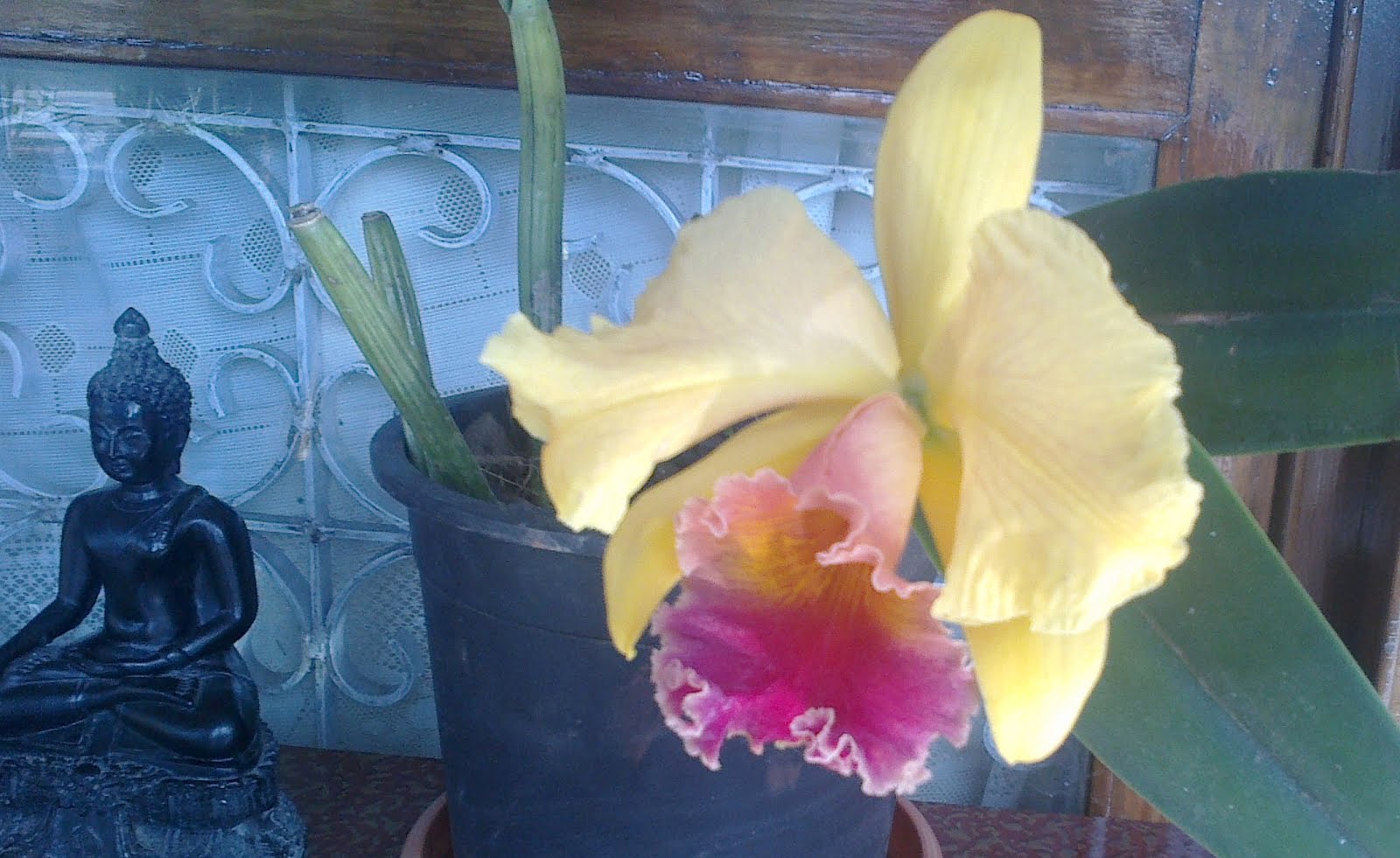


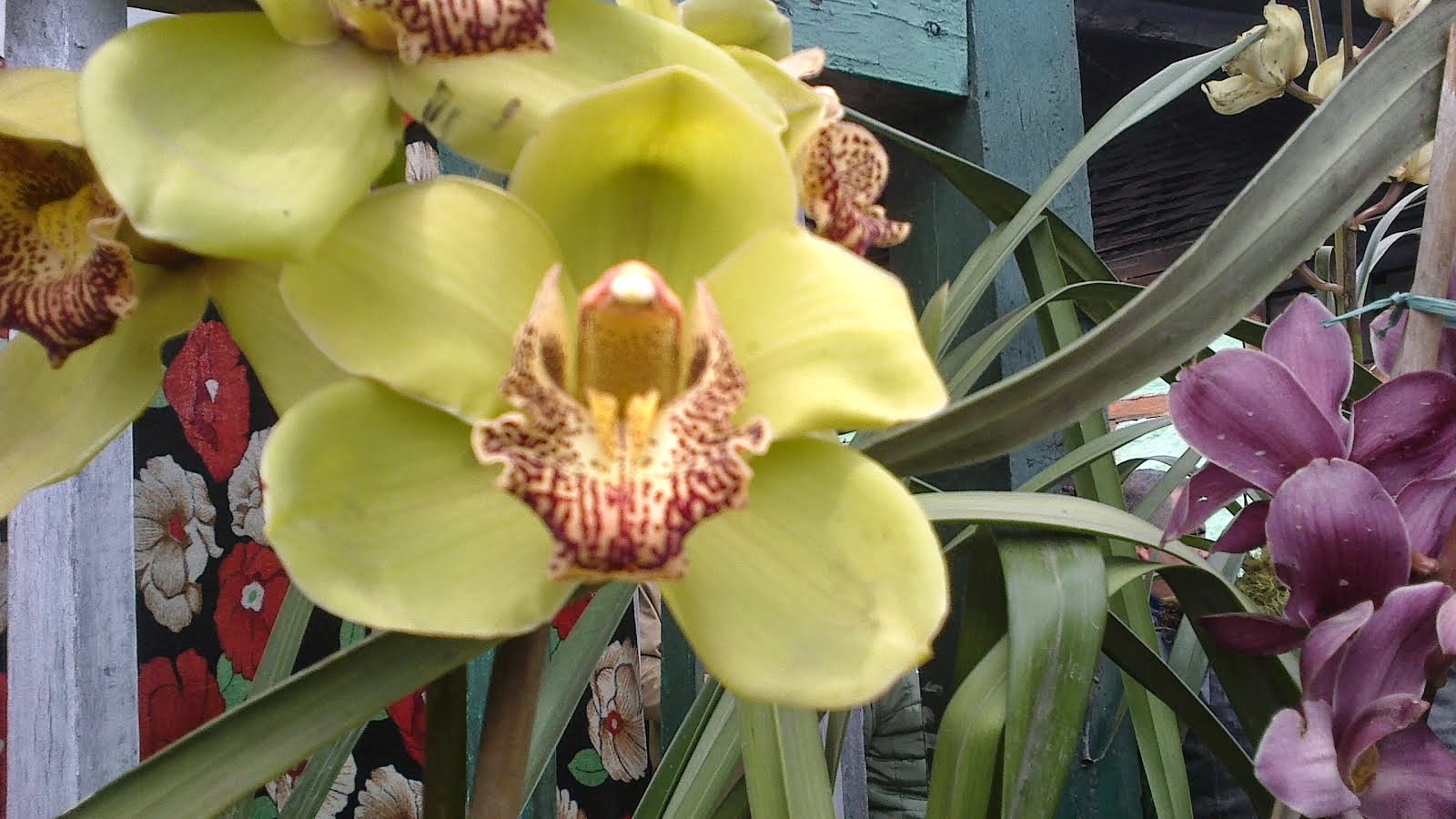
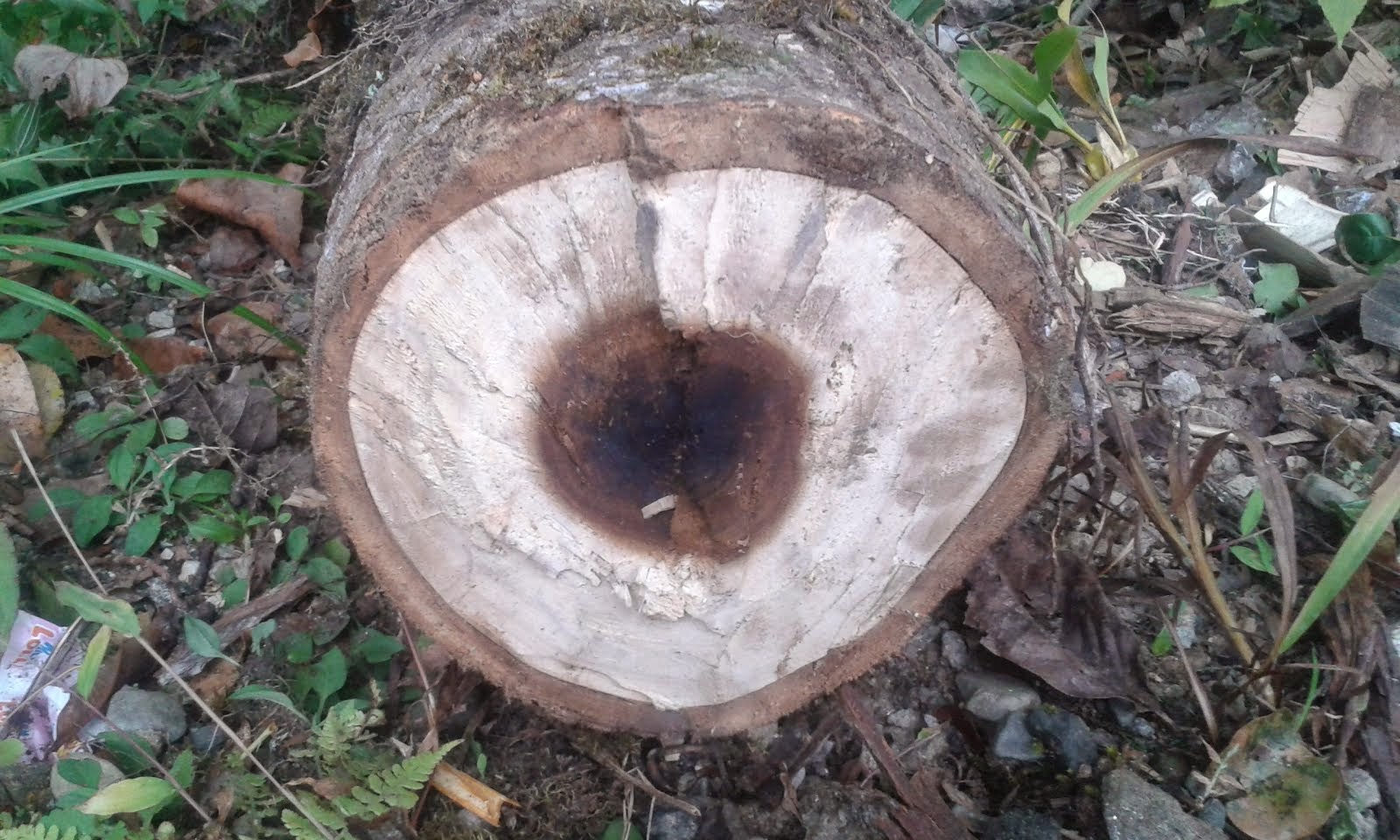
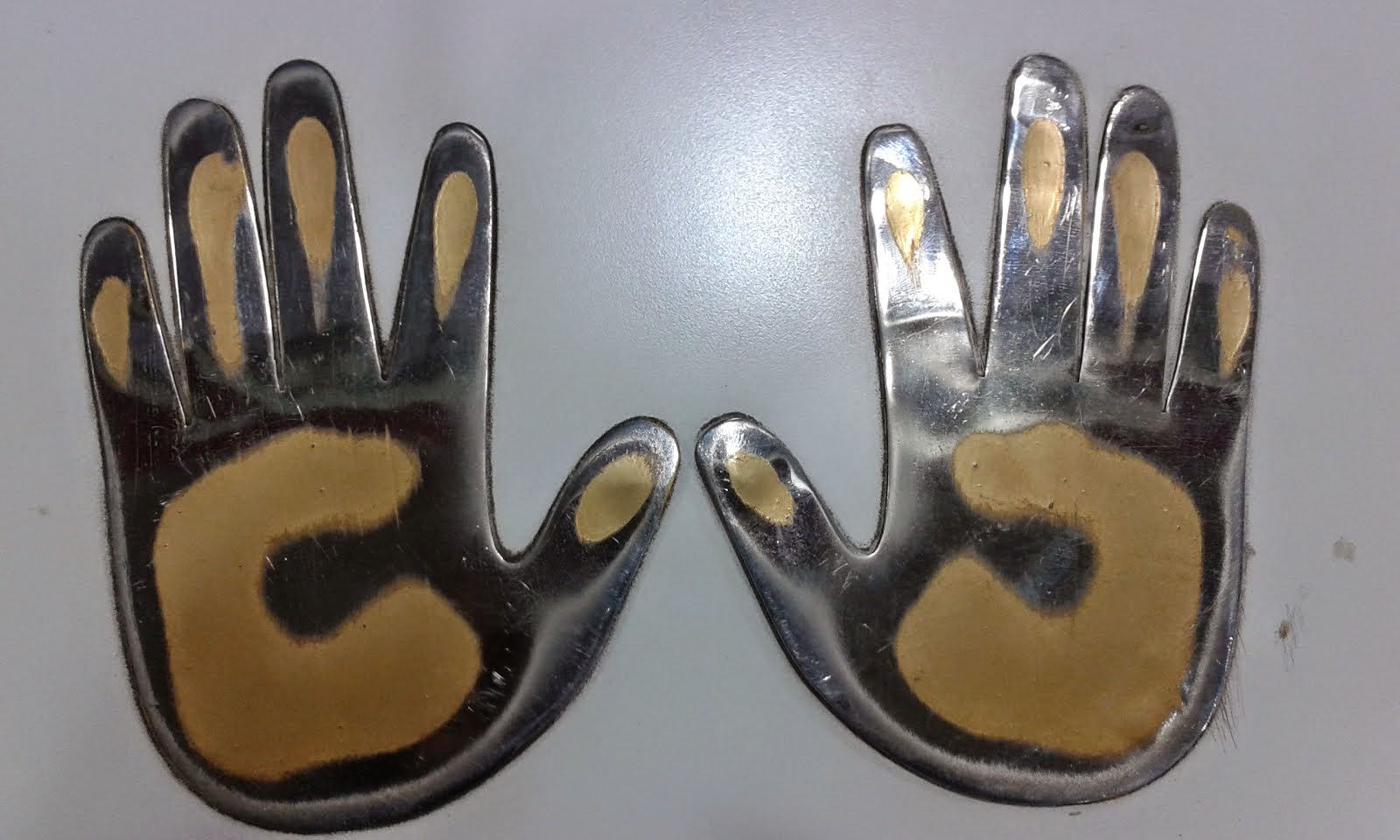
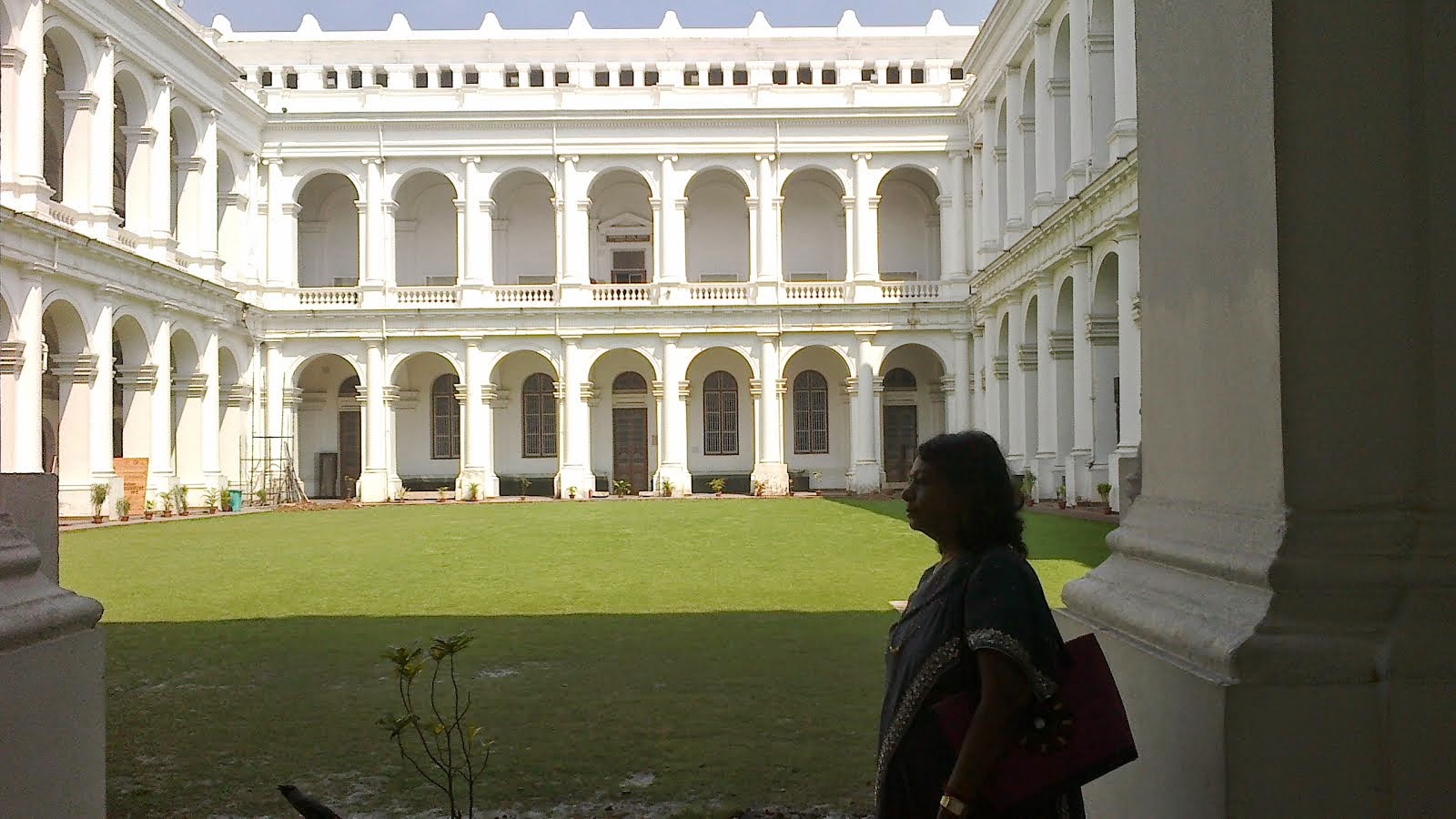

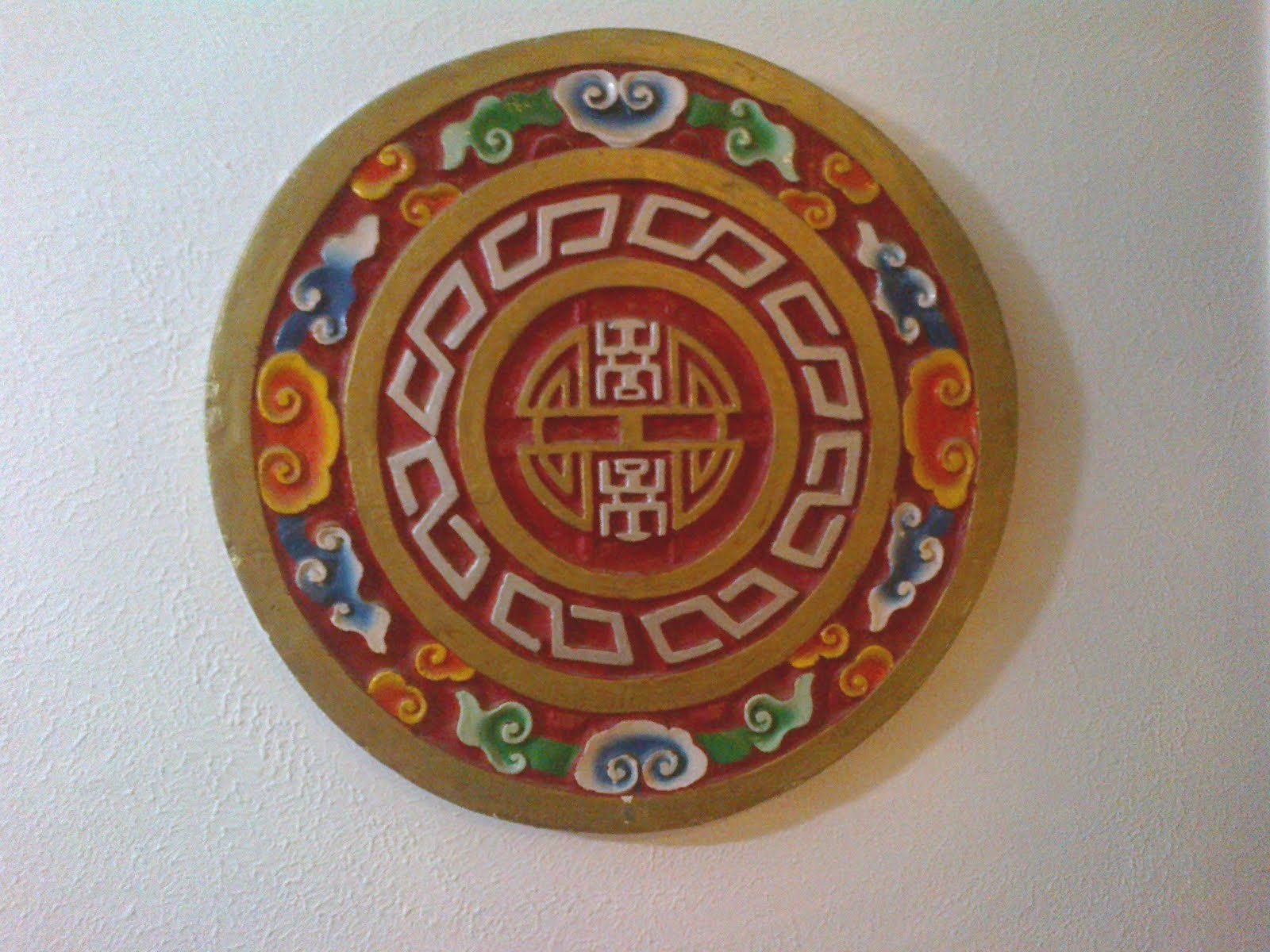




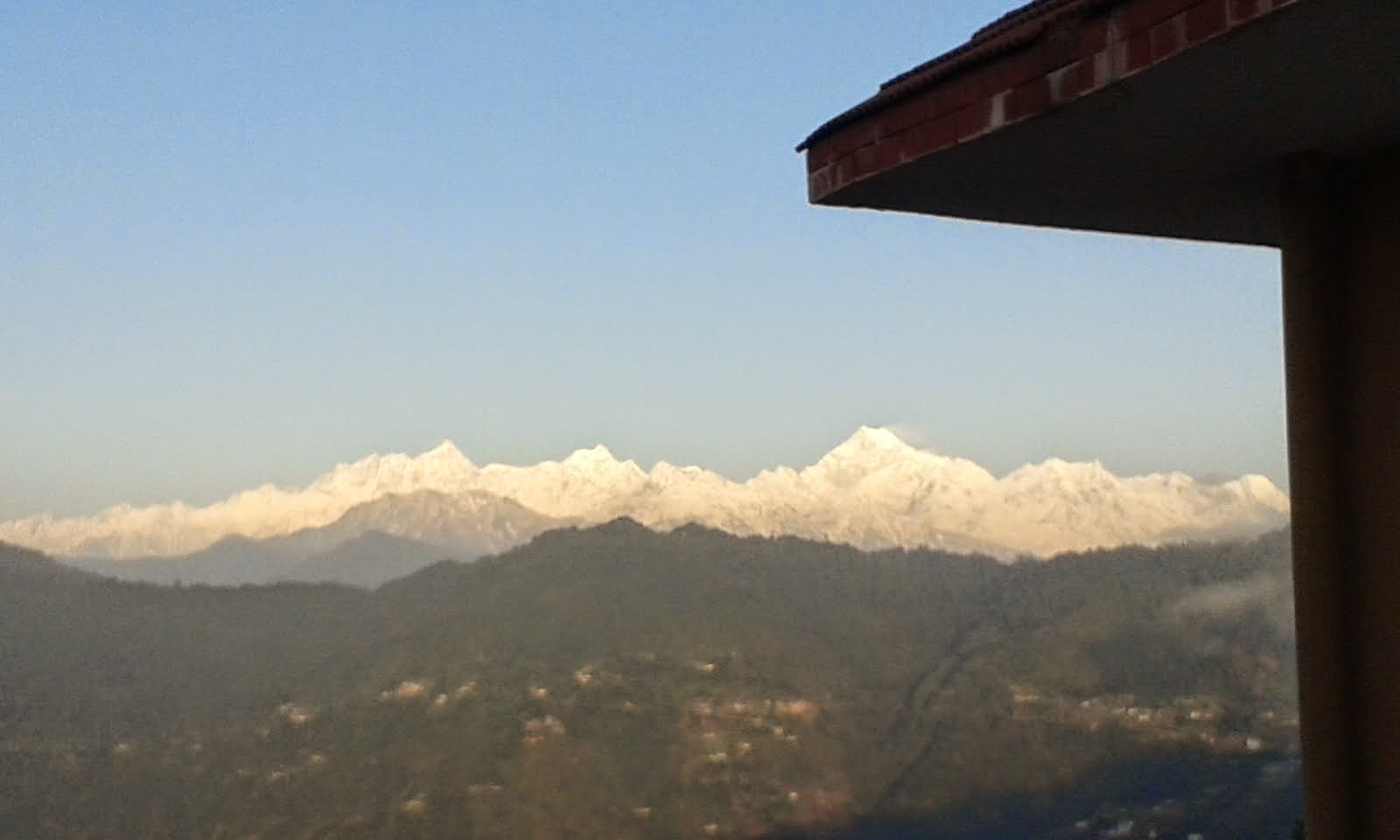

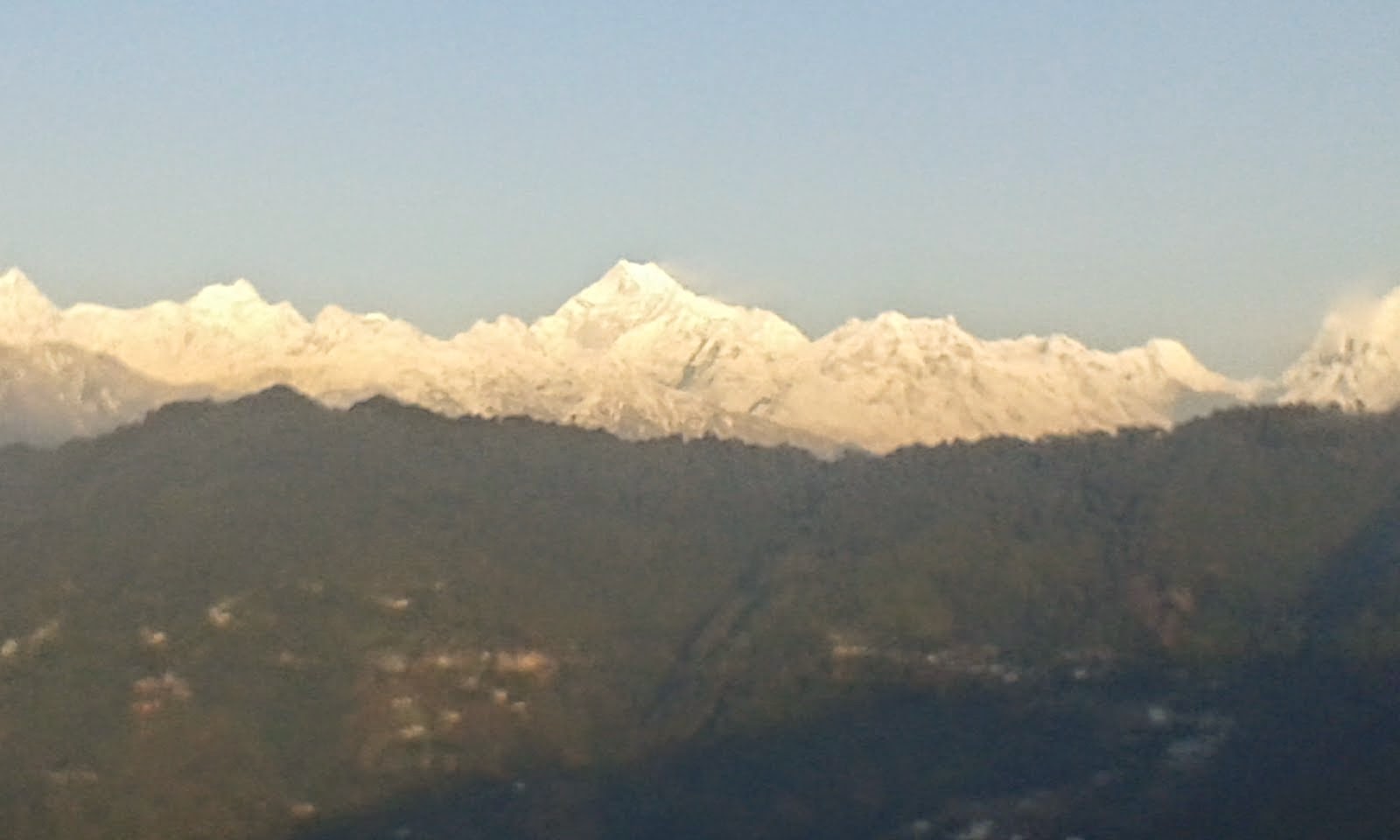
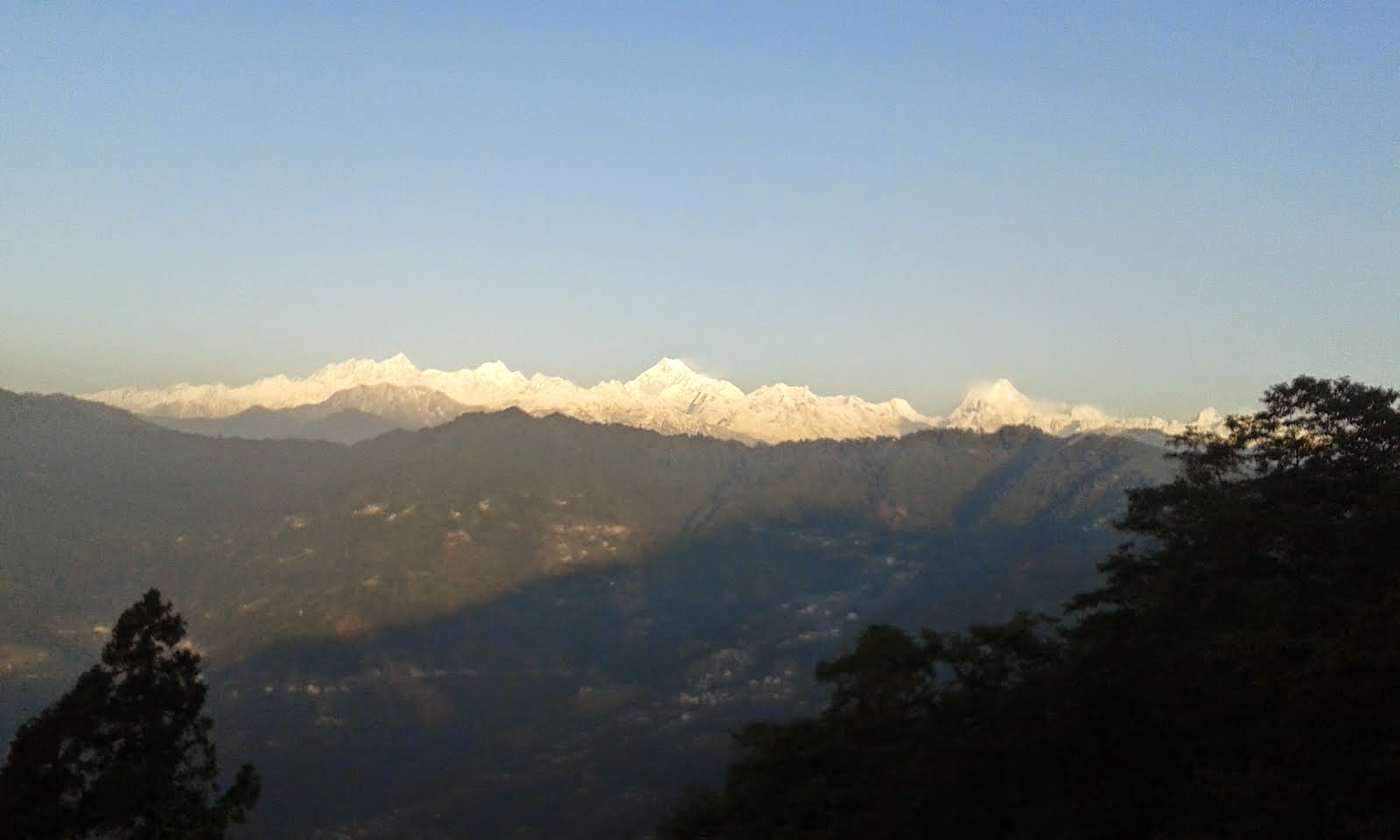
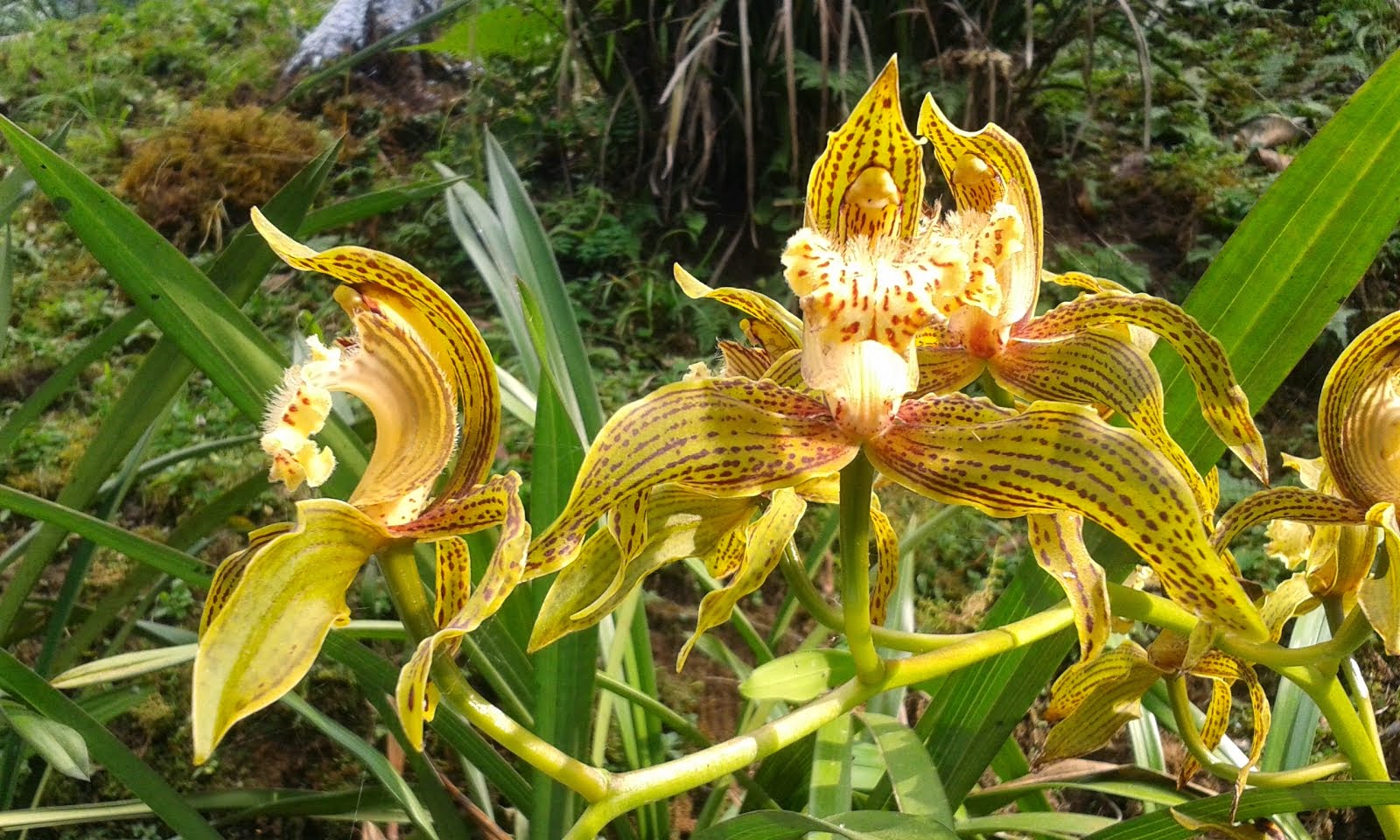
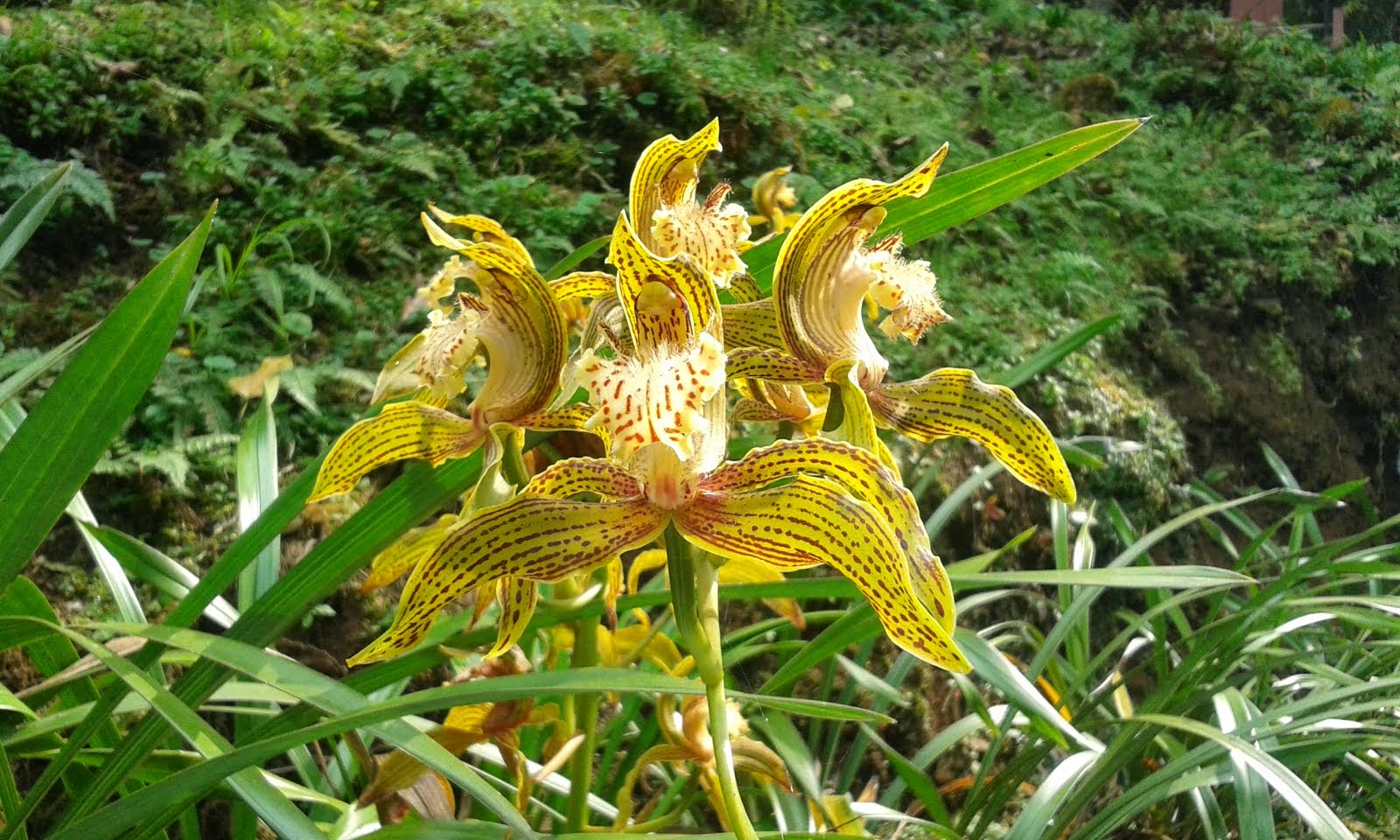

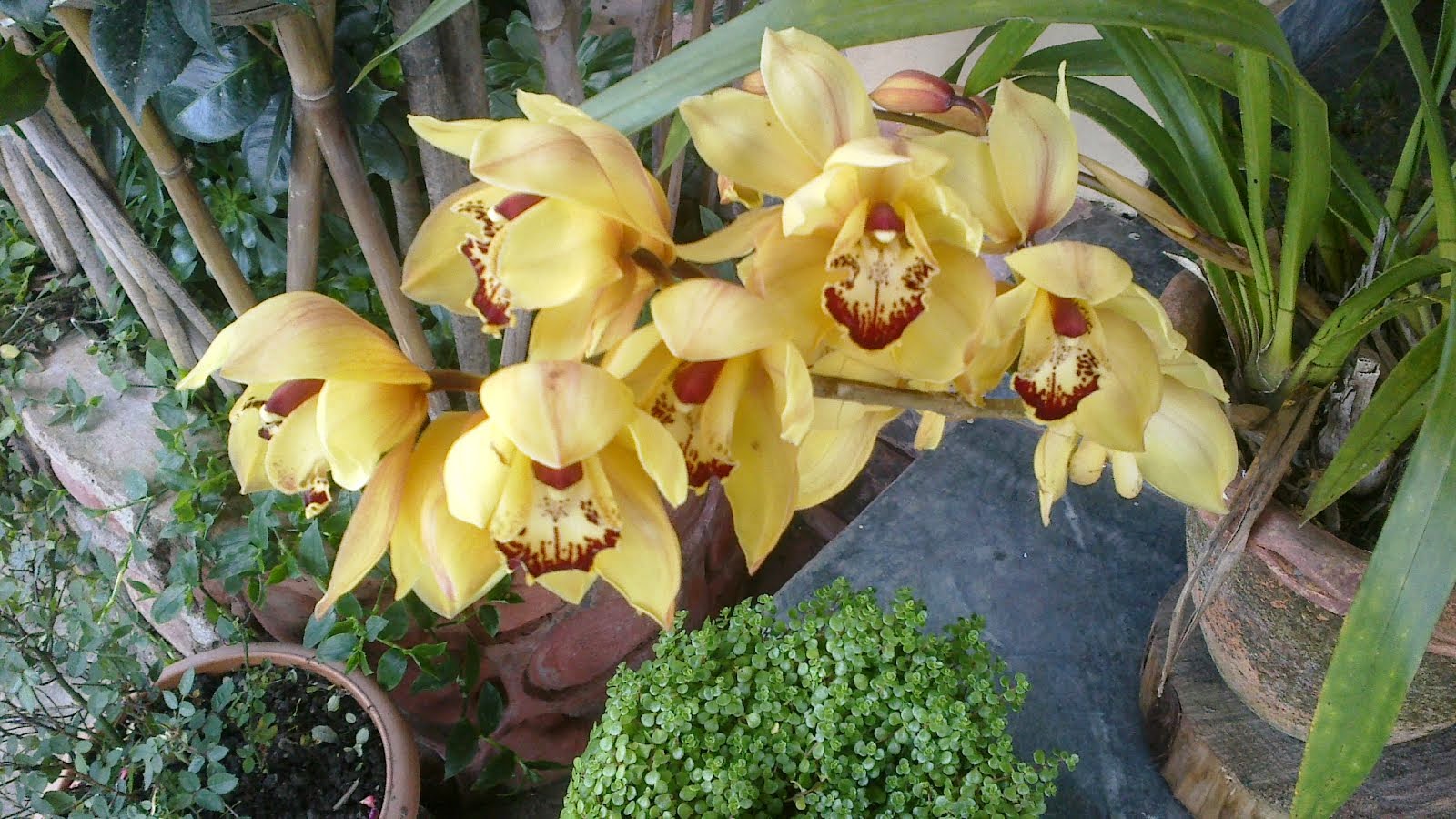

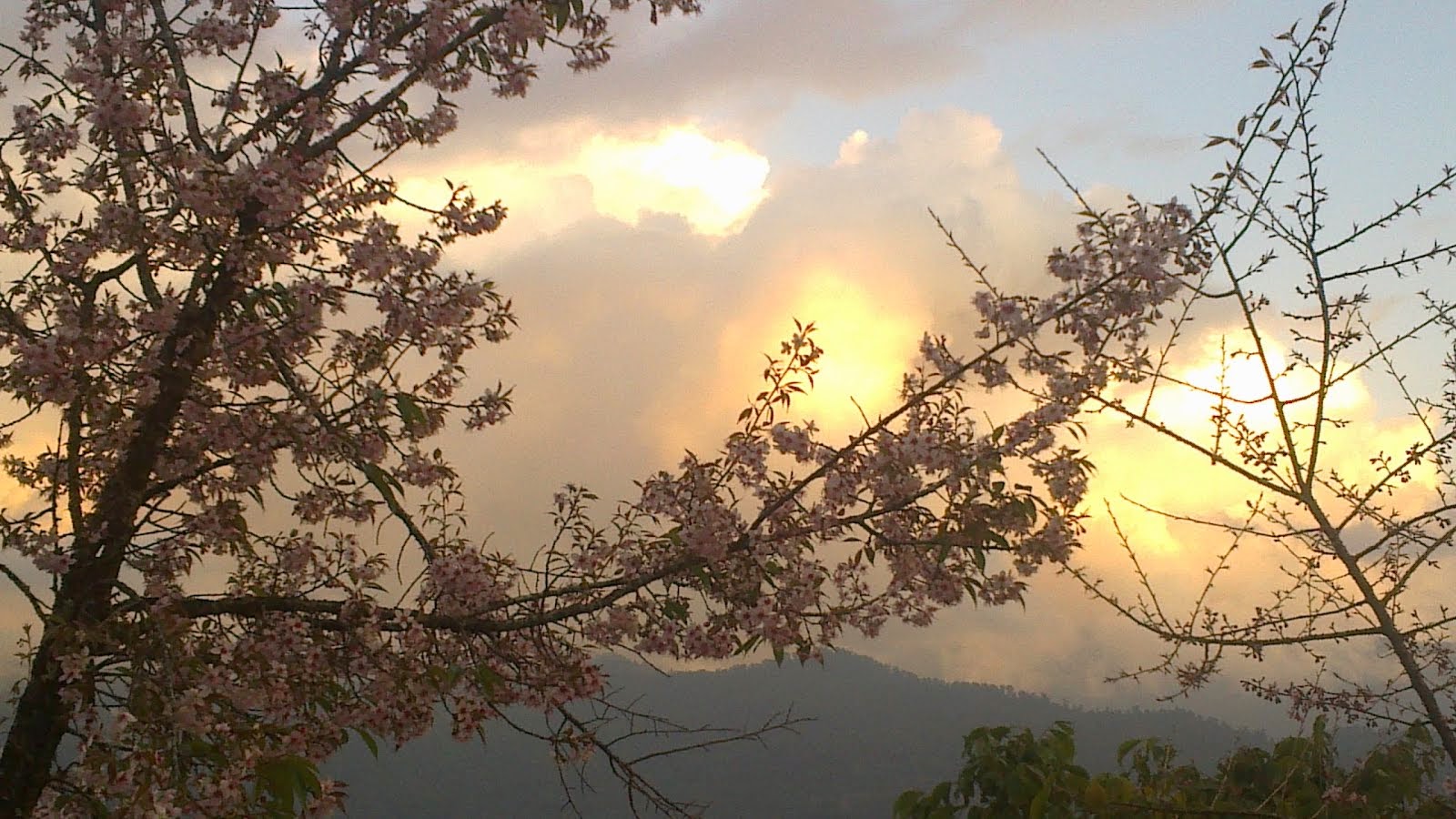
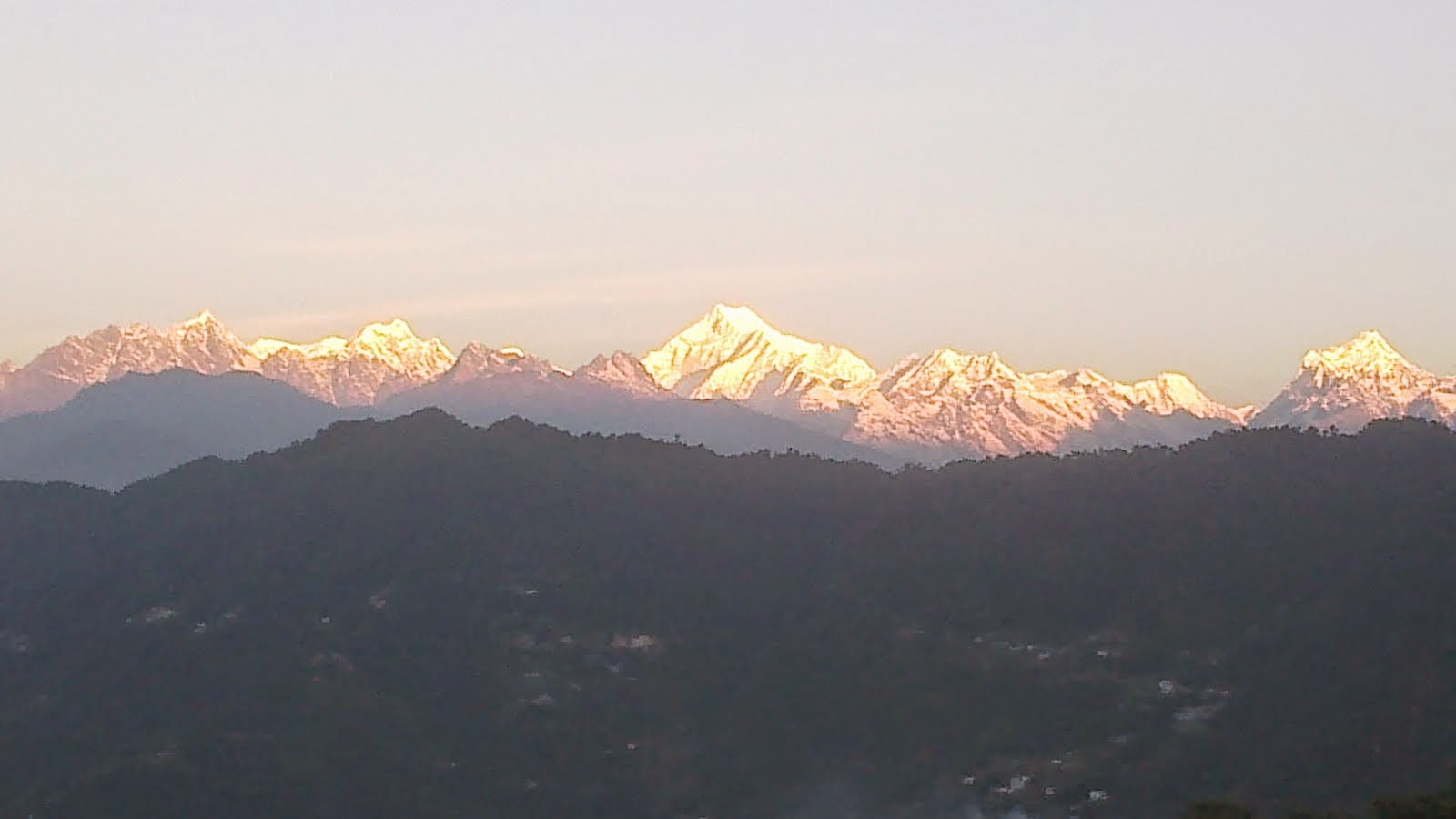
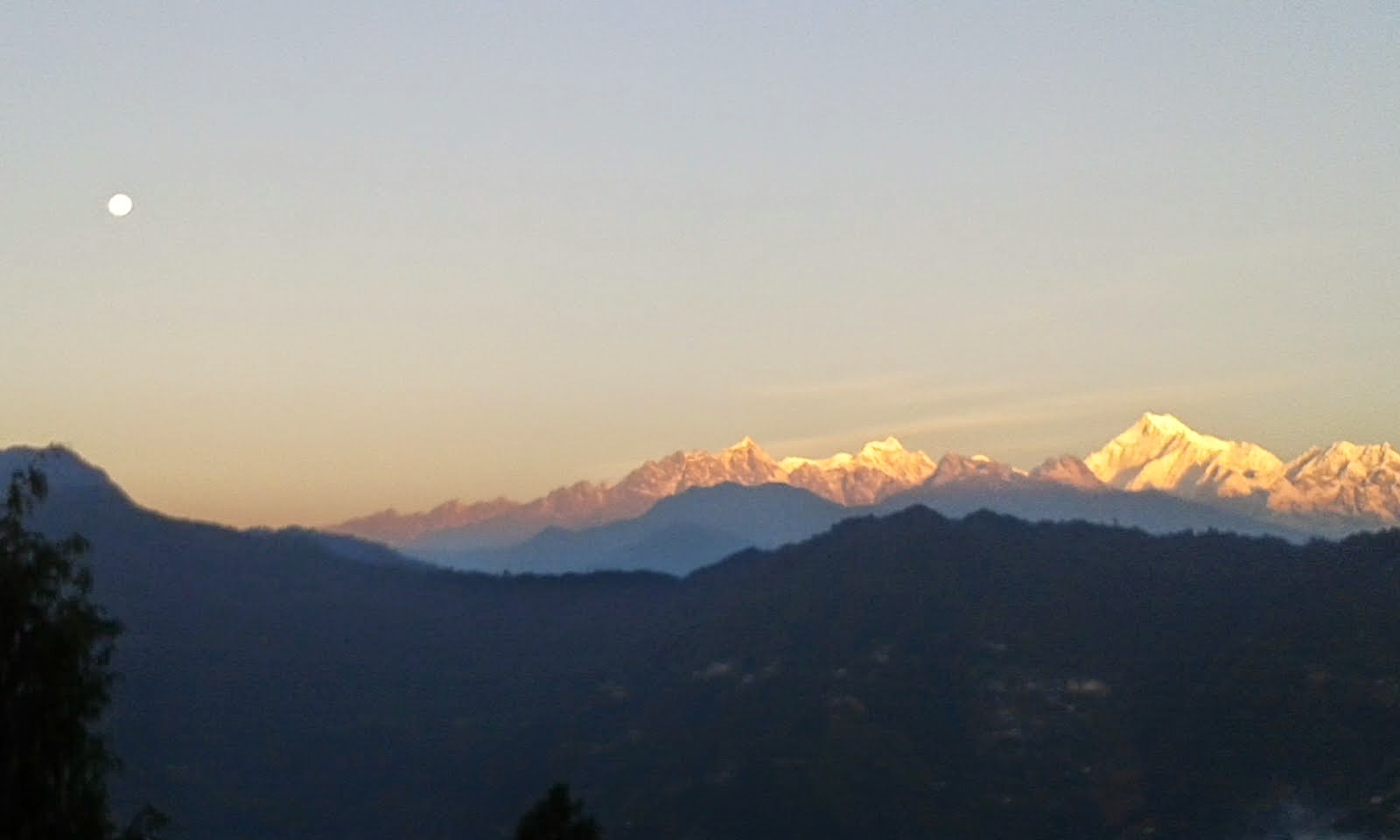
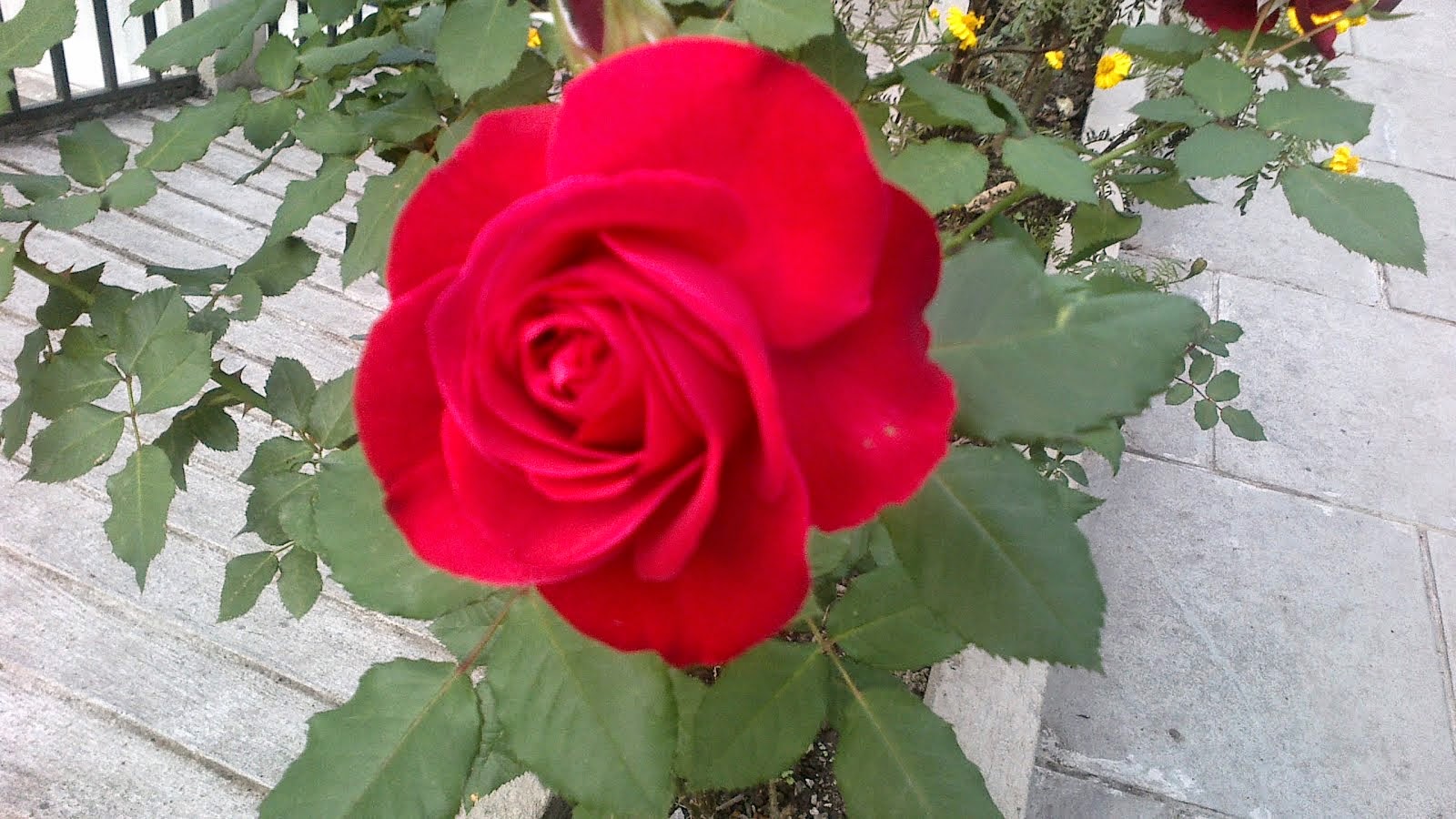

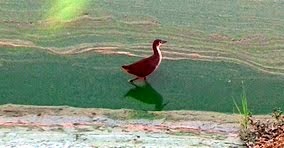
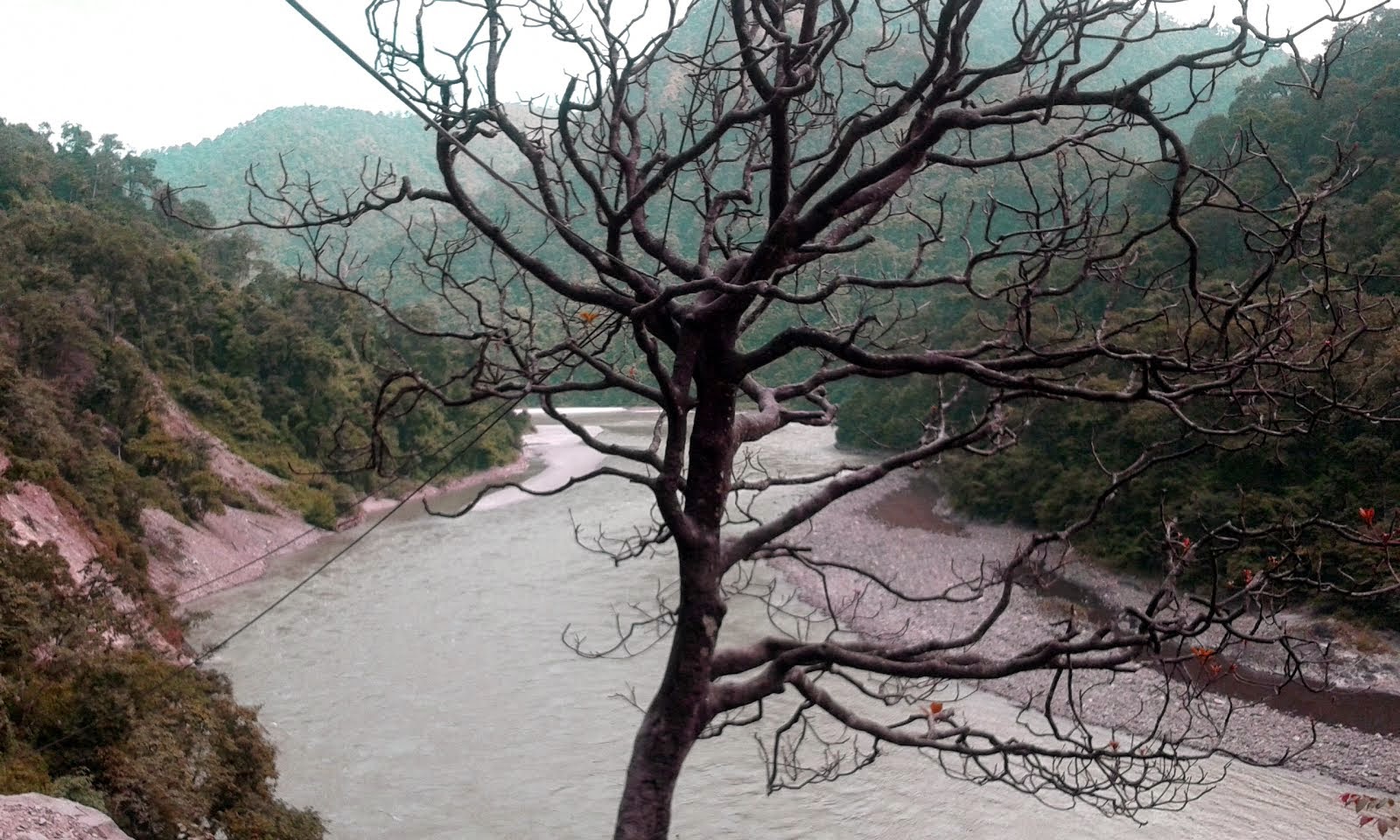

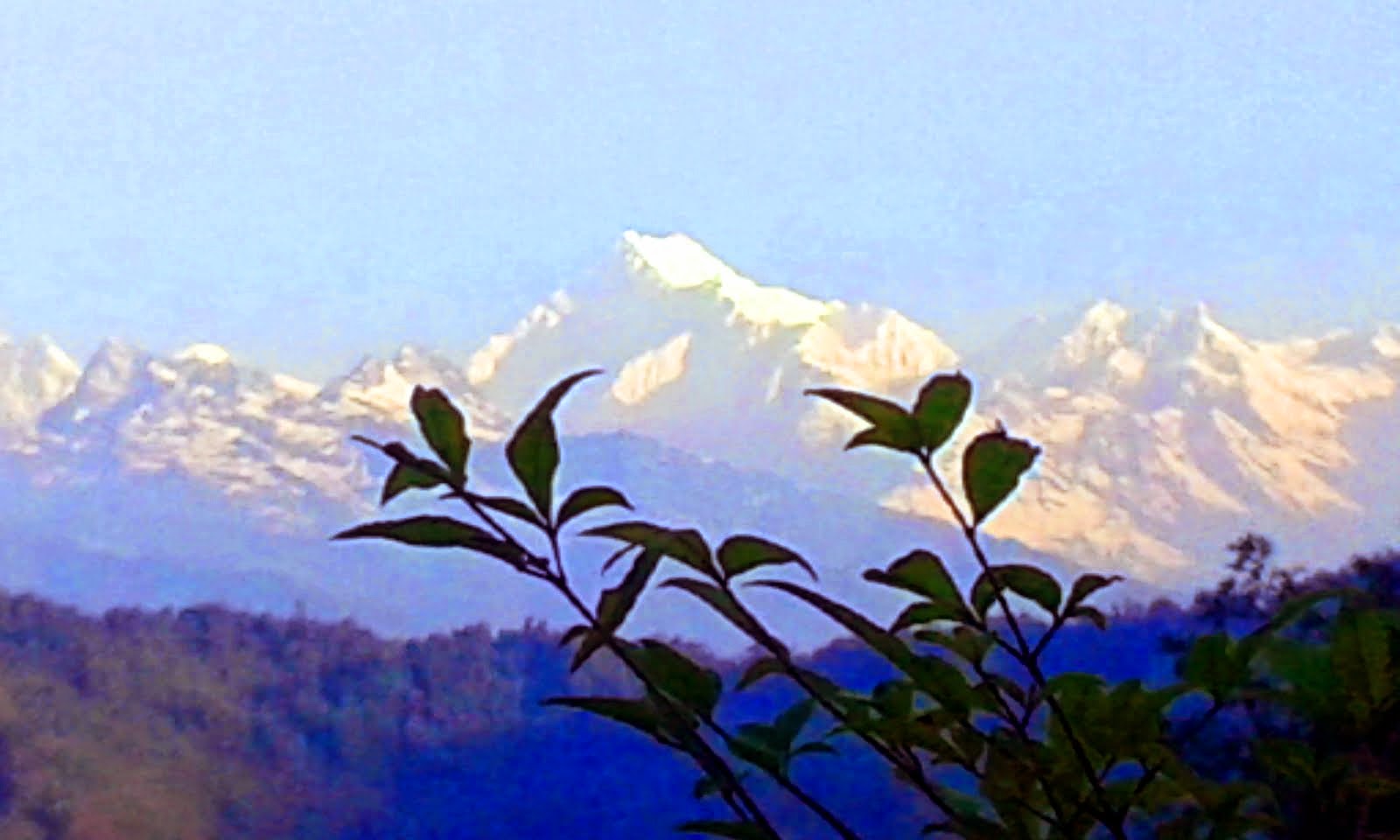
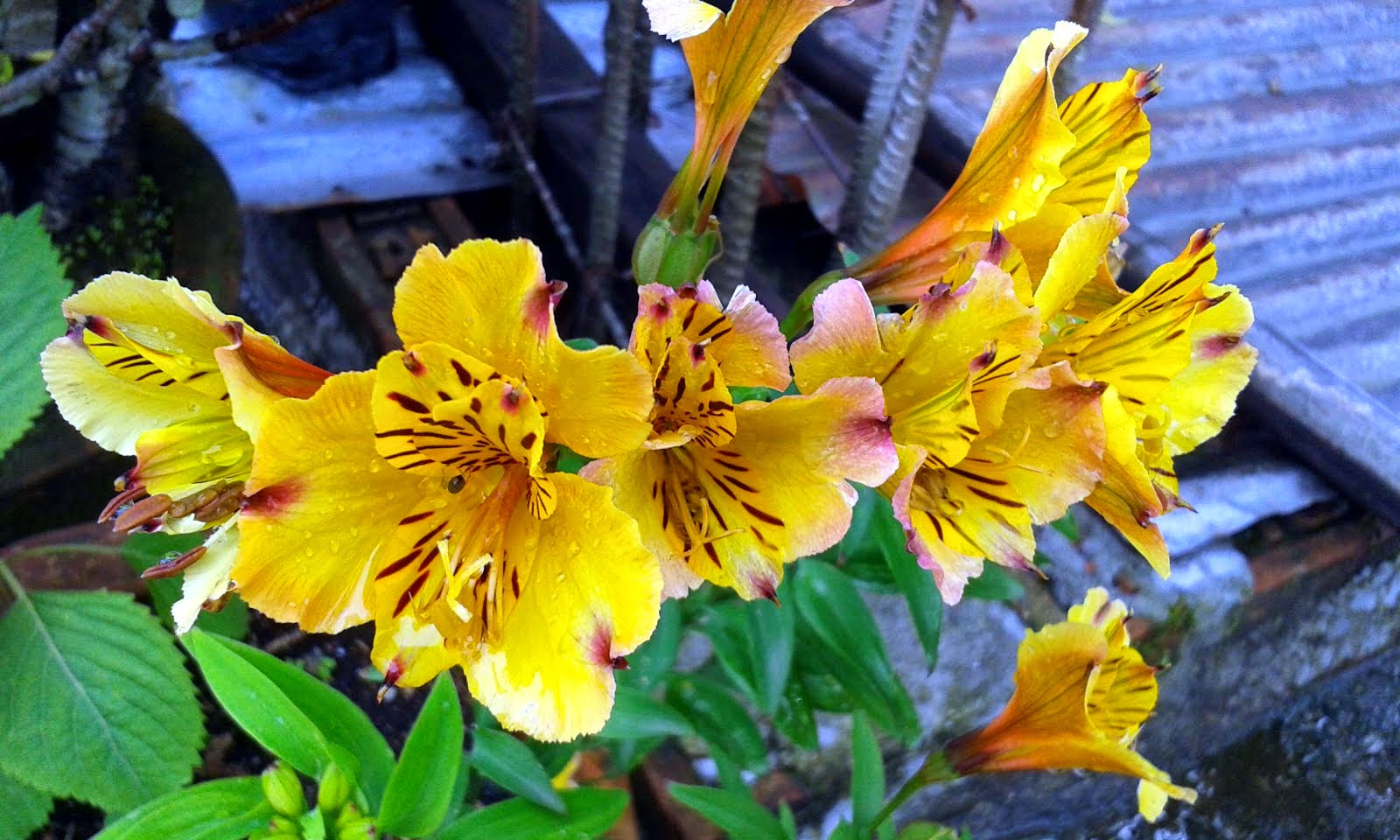
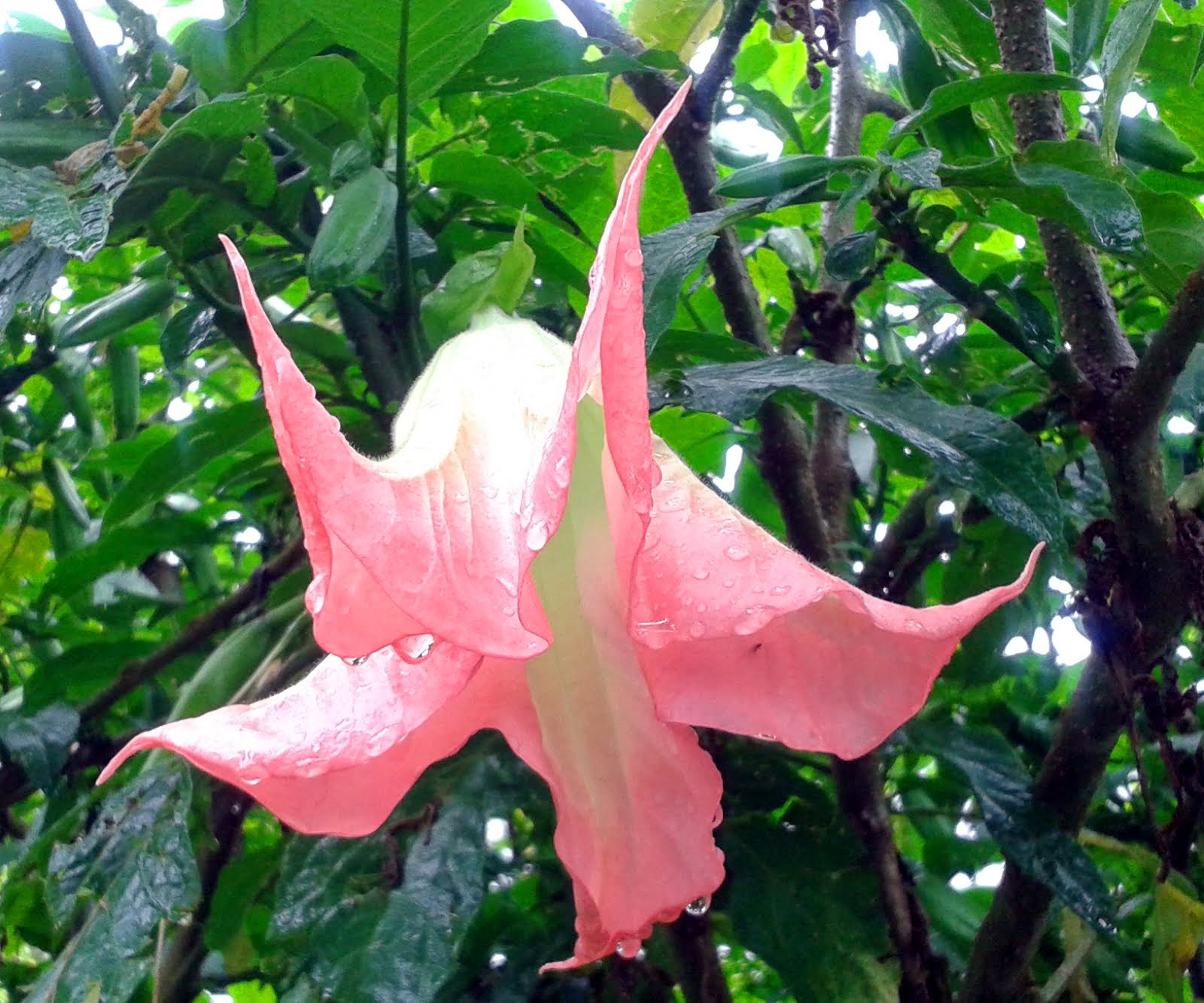
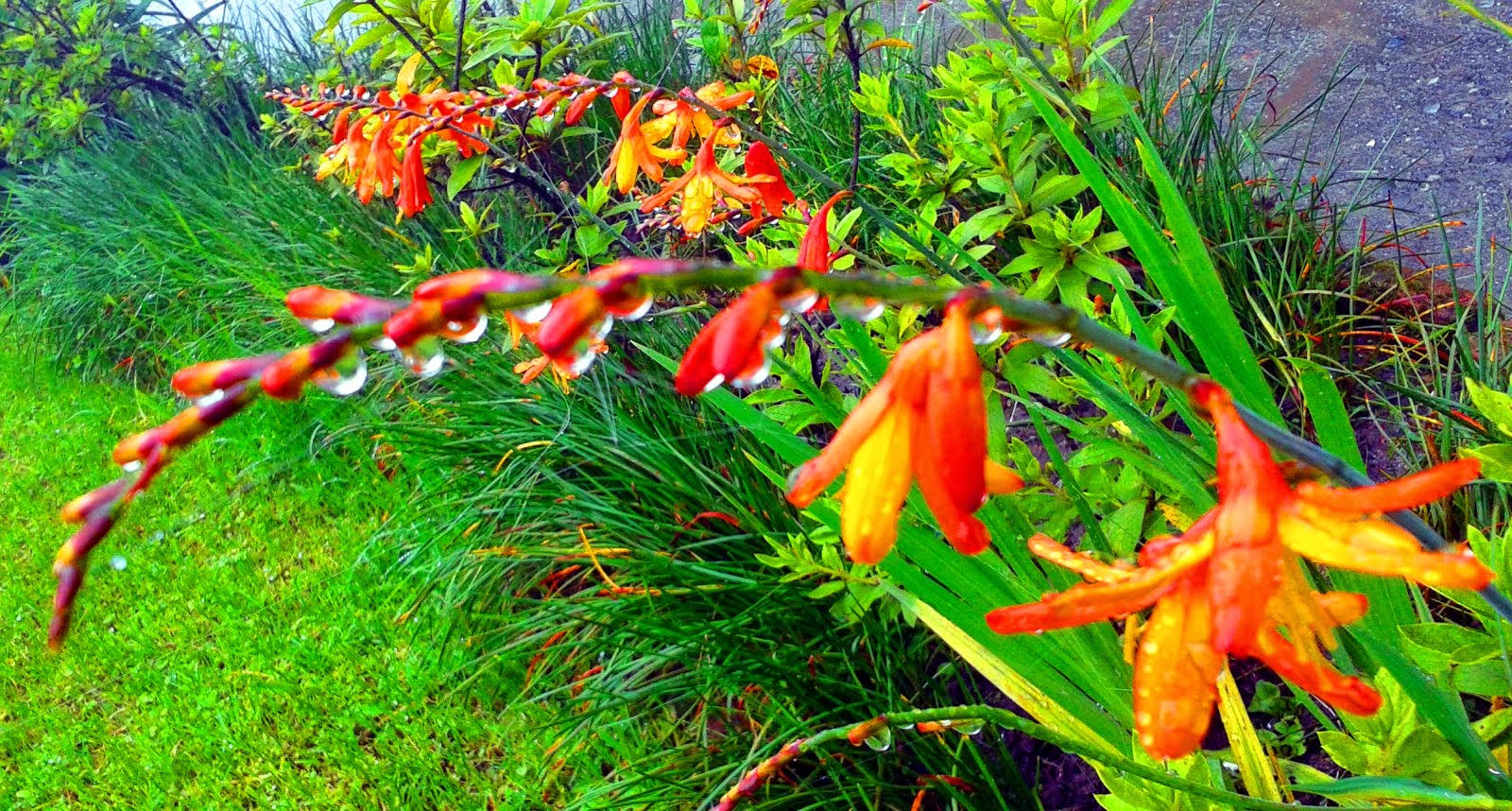



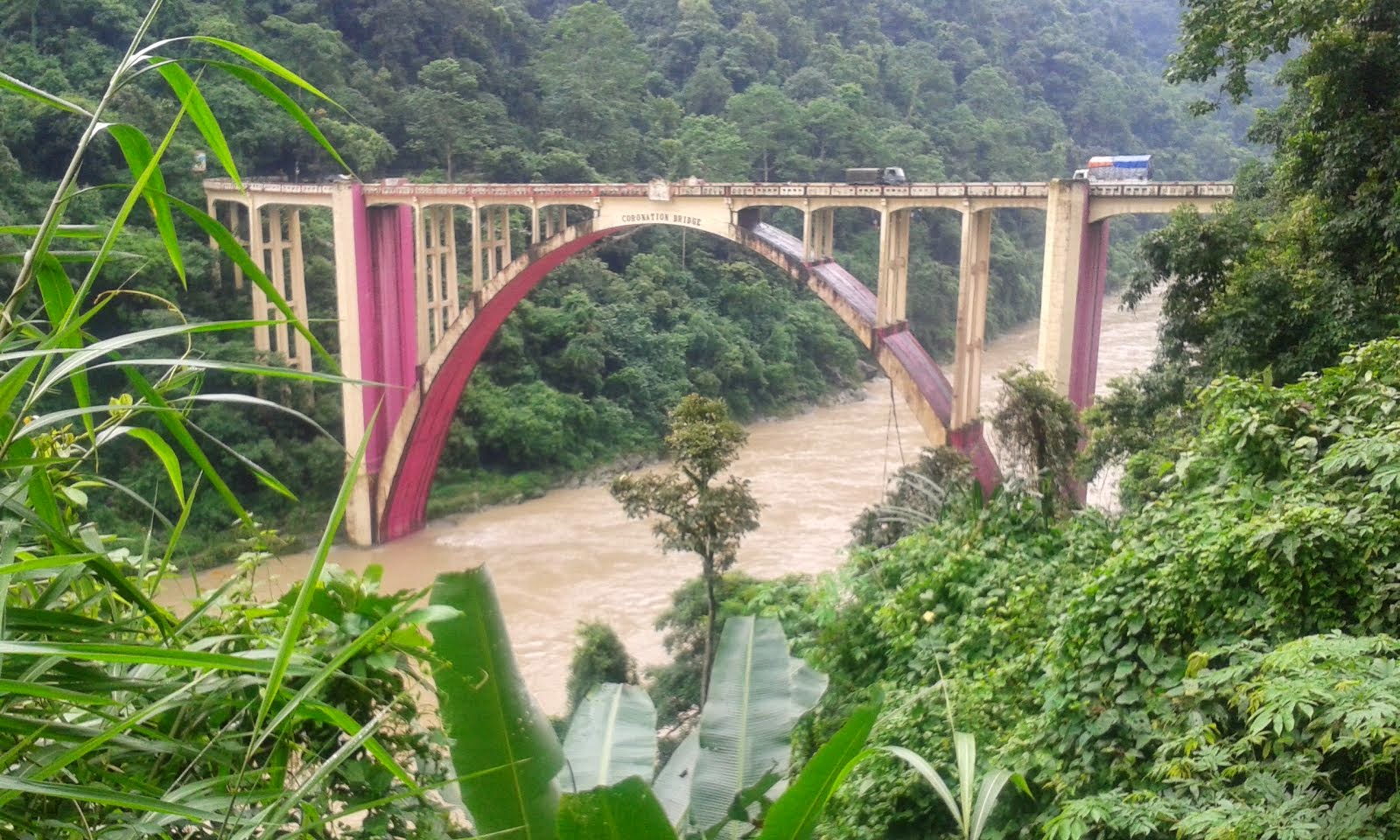
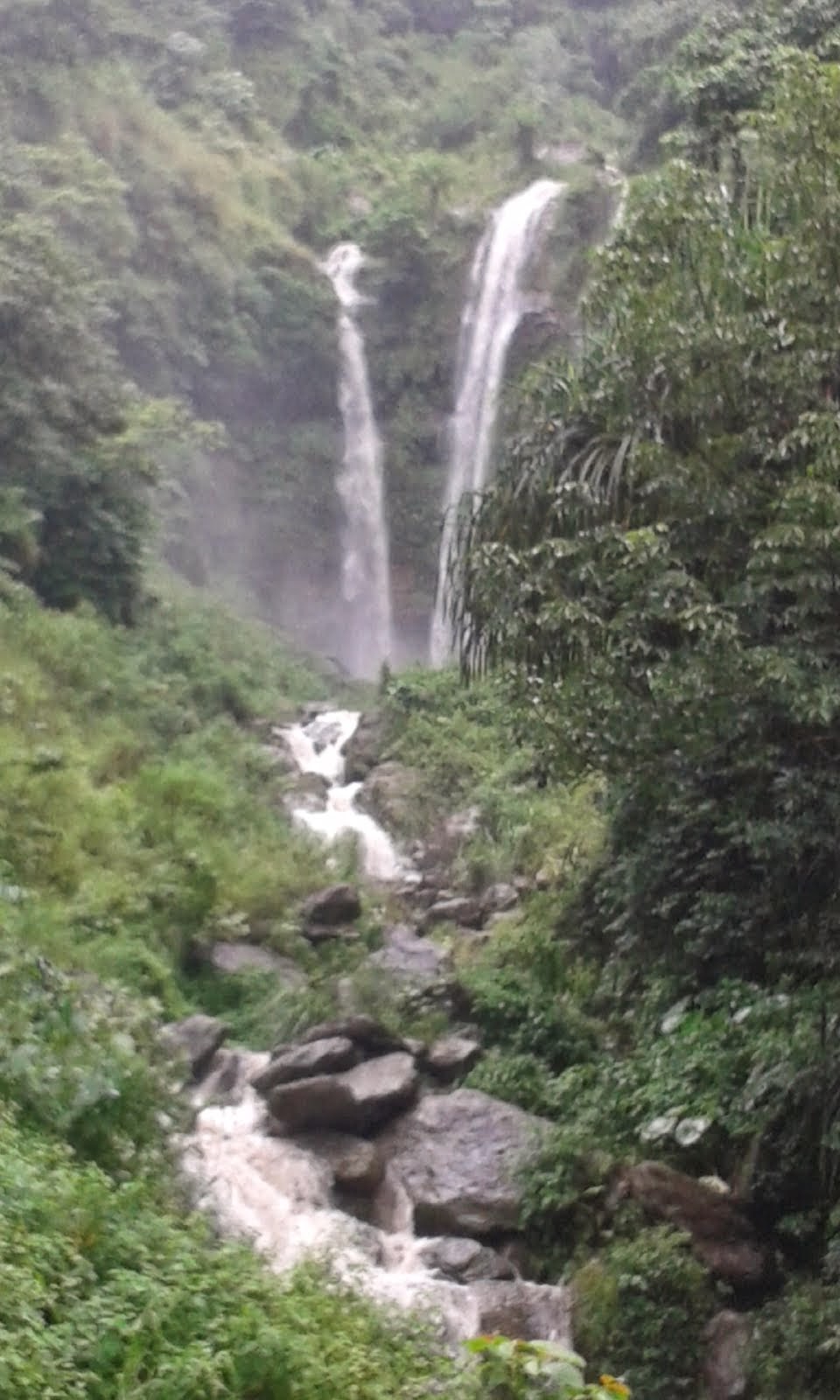
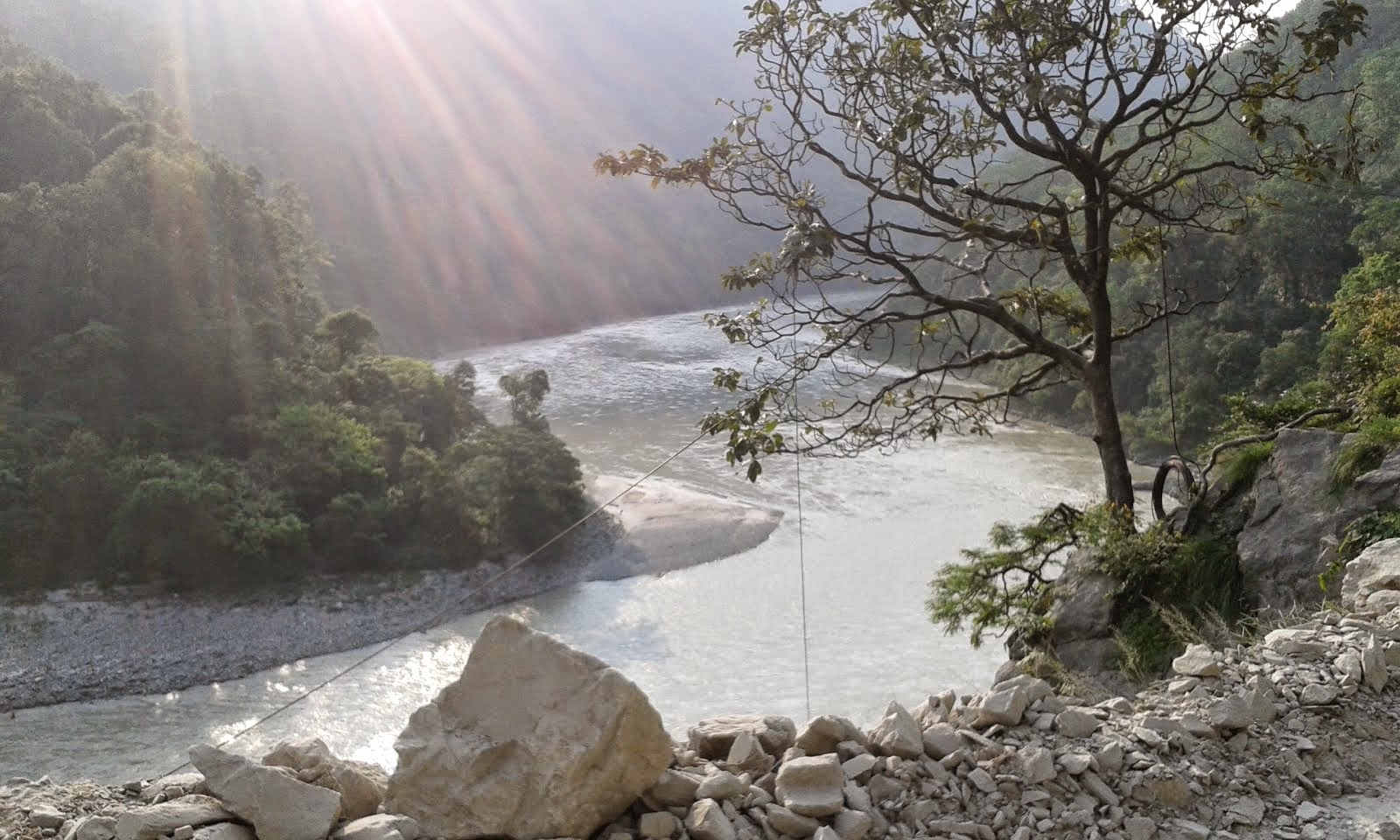
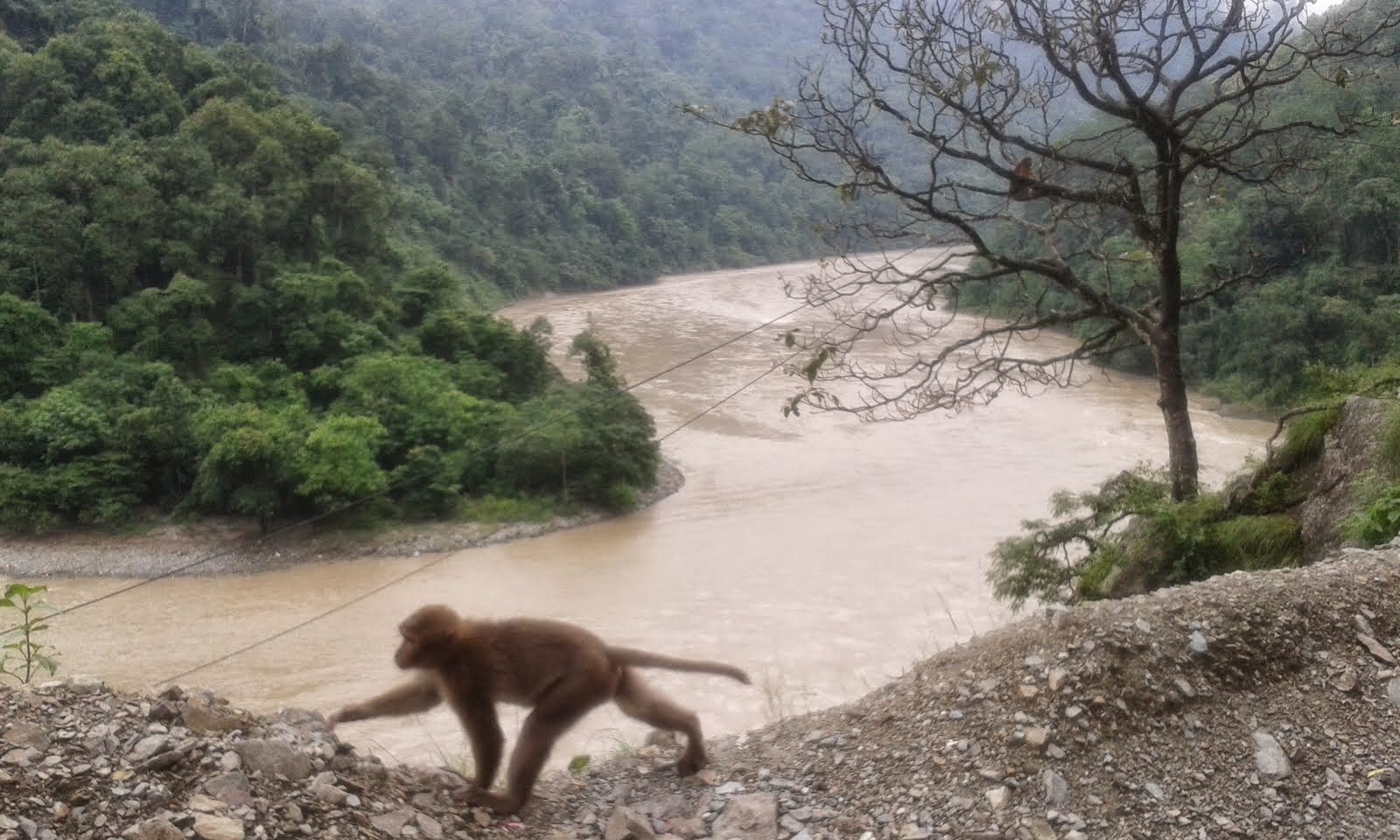





























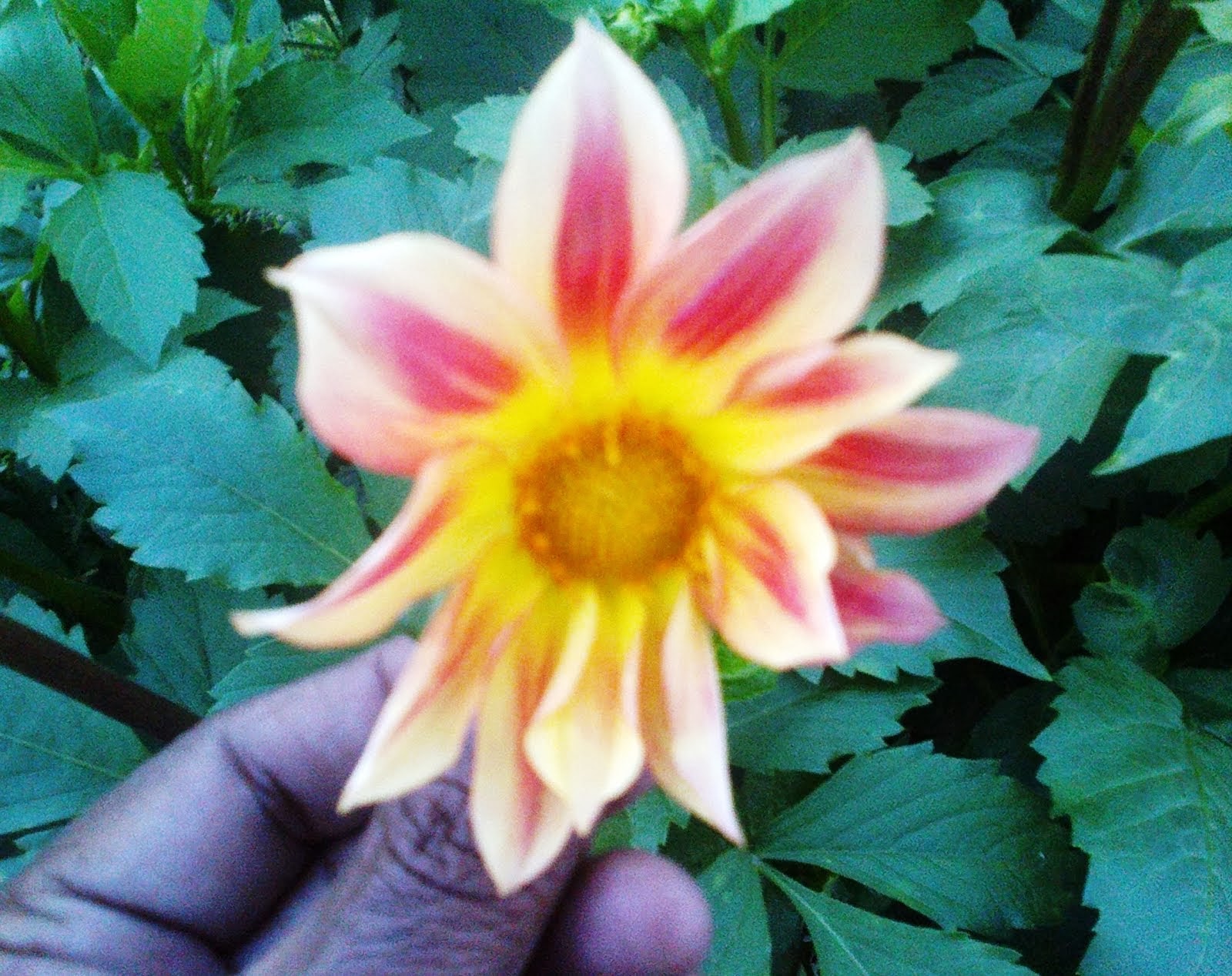
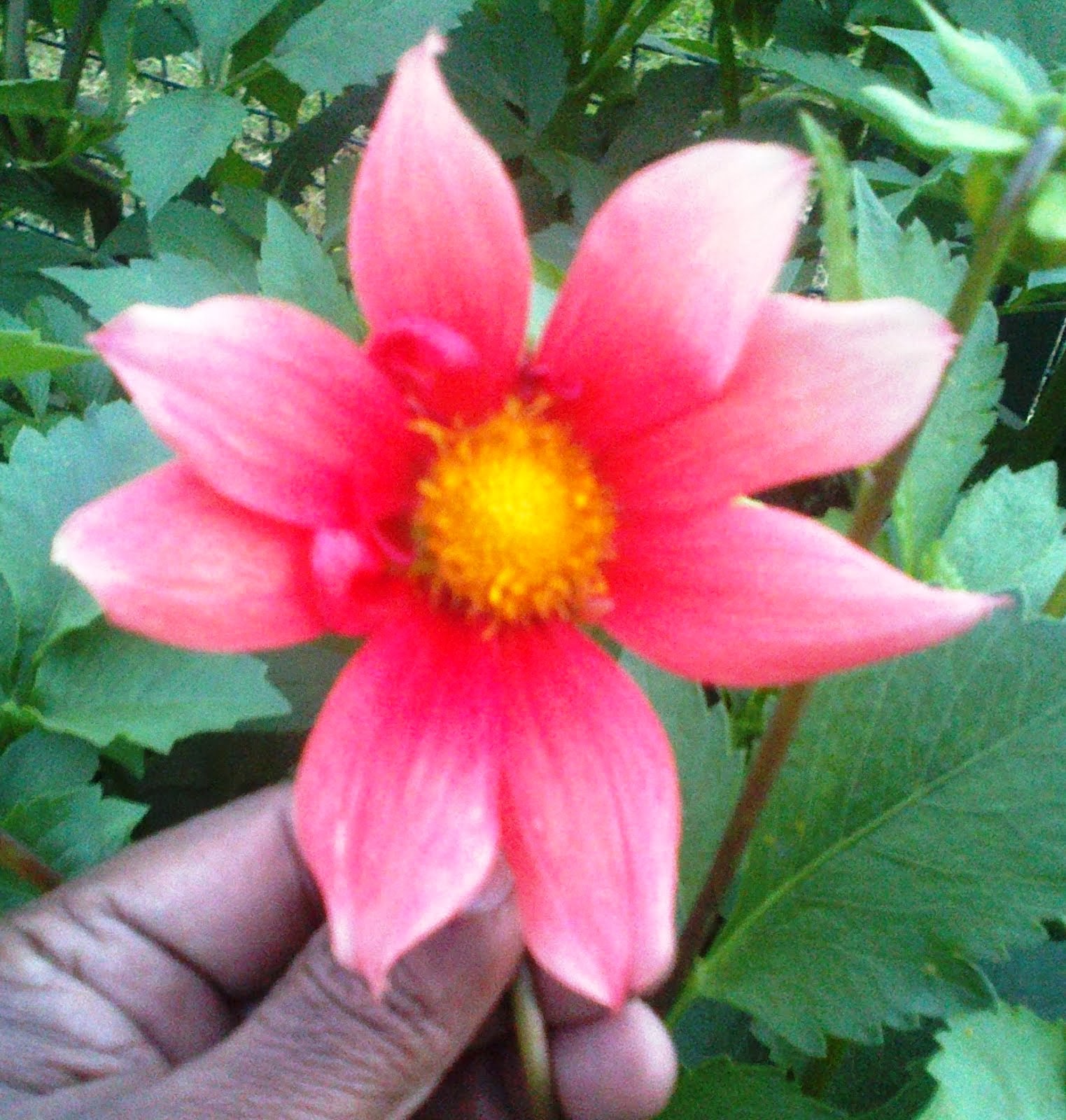

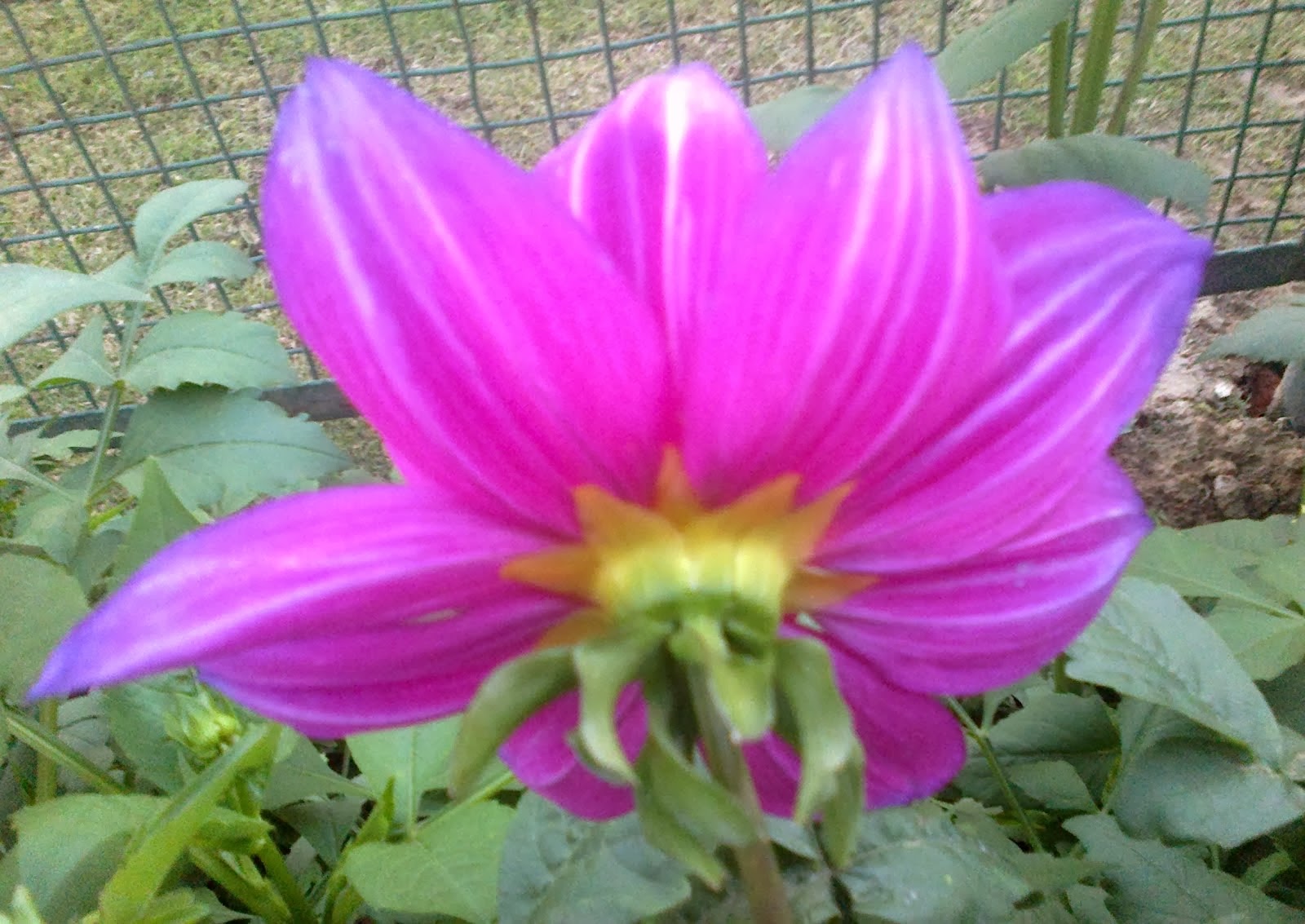

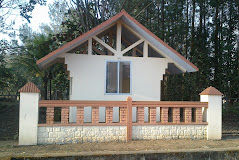















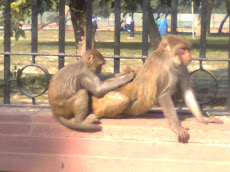
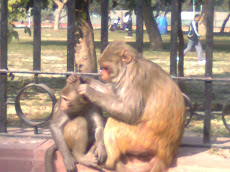

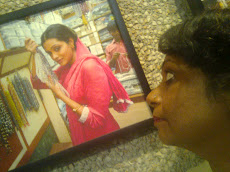
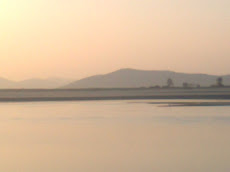
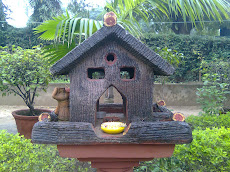

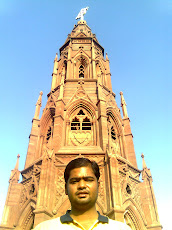
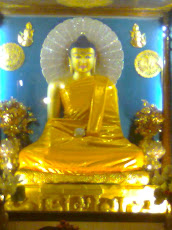
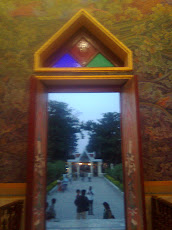
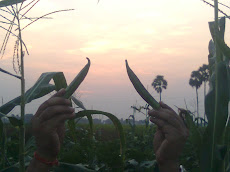
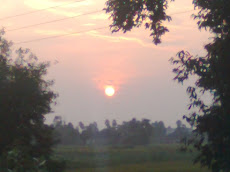
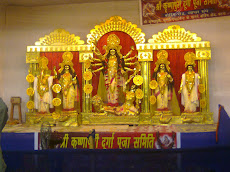

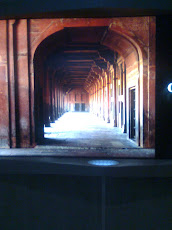


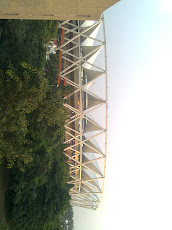

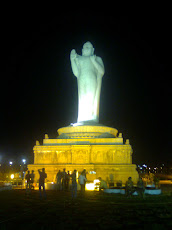
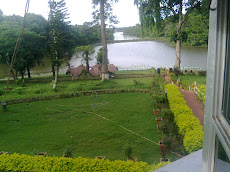
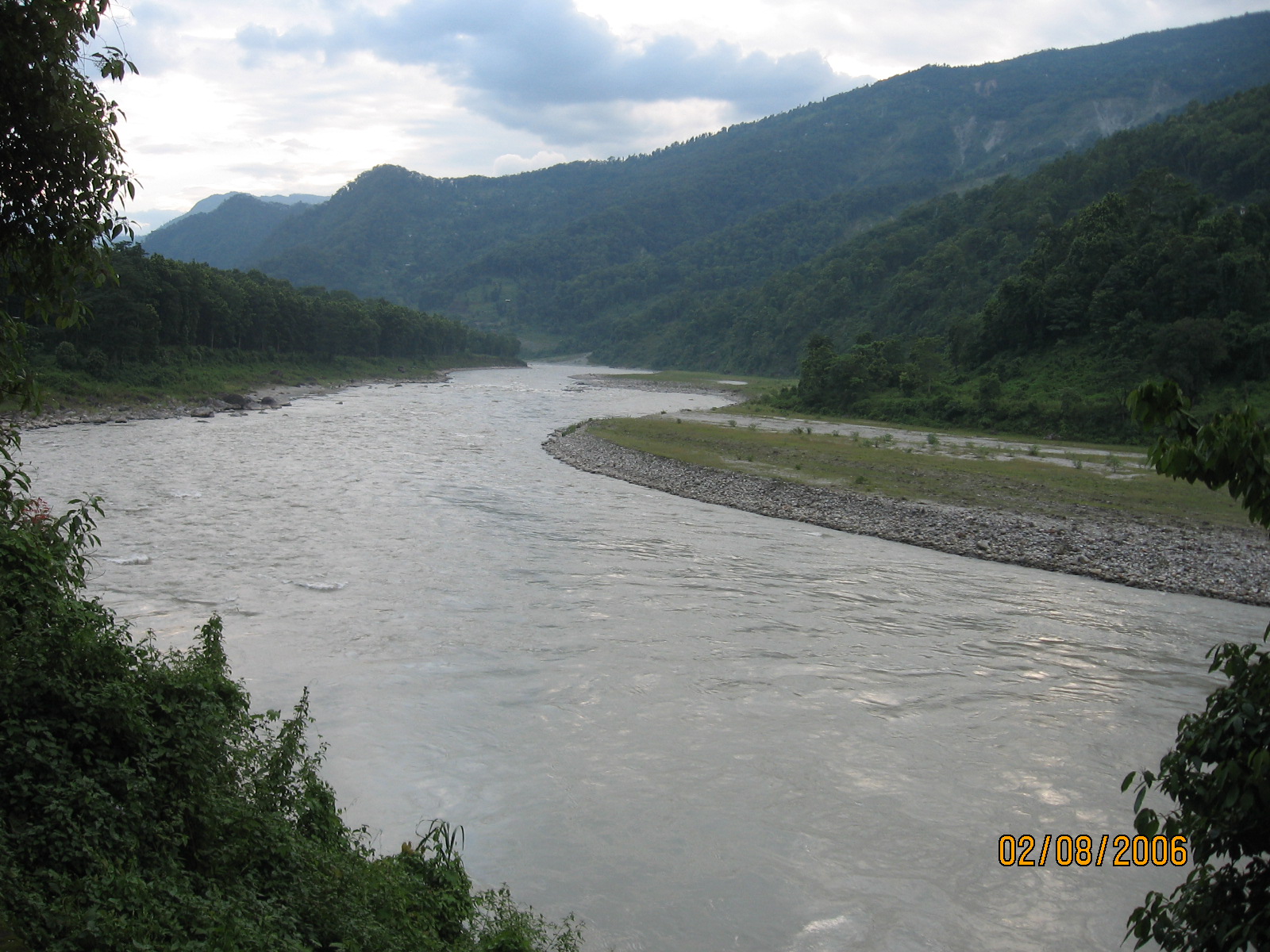


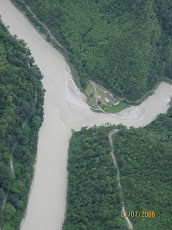

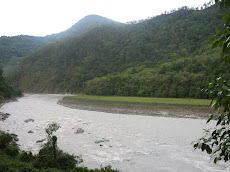


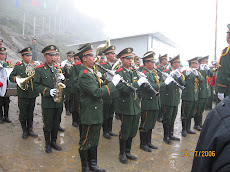


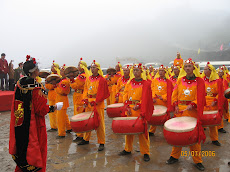
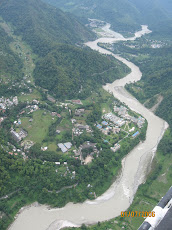
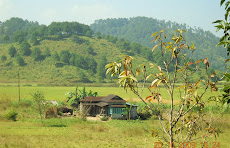
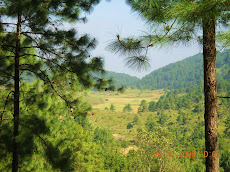
.jpg)


